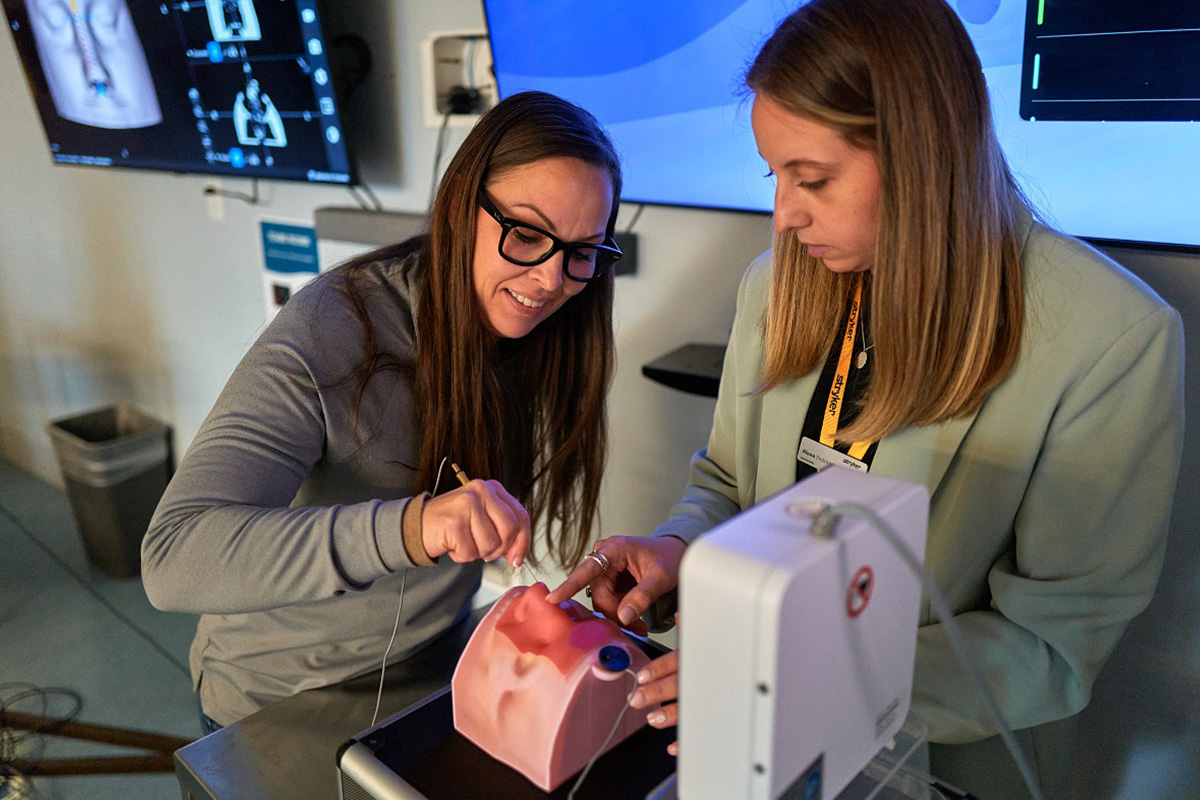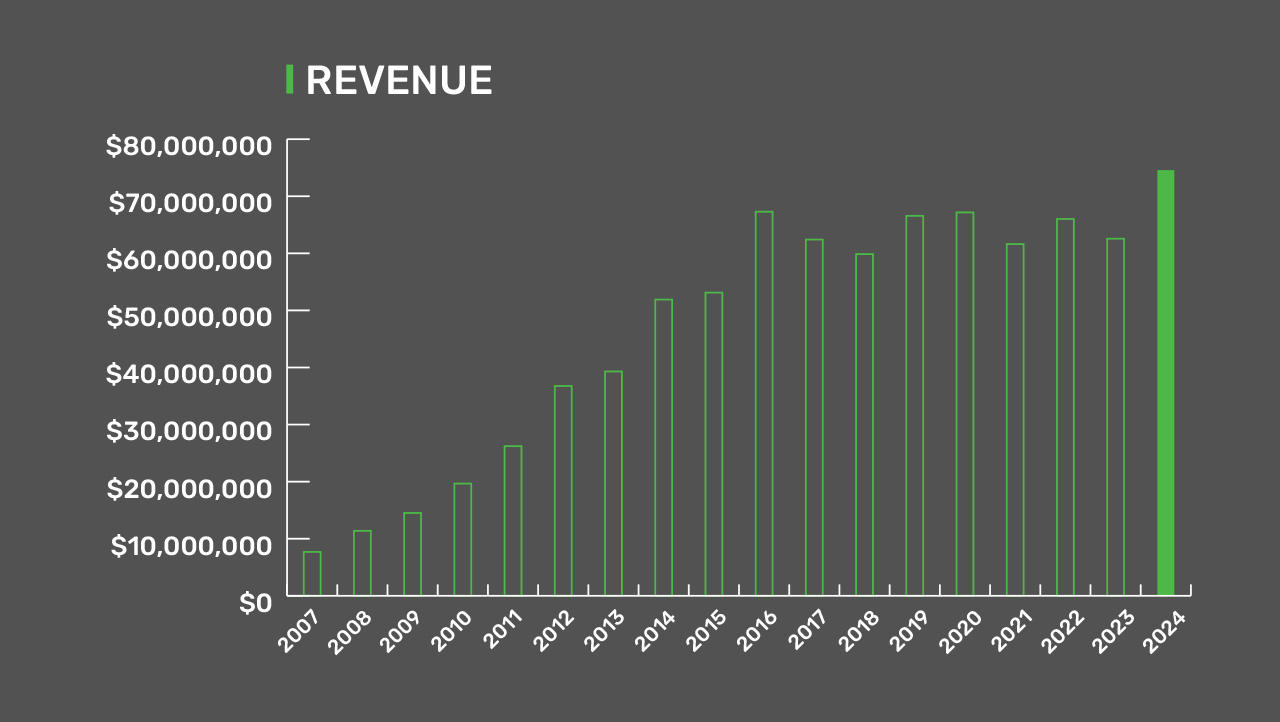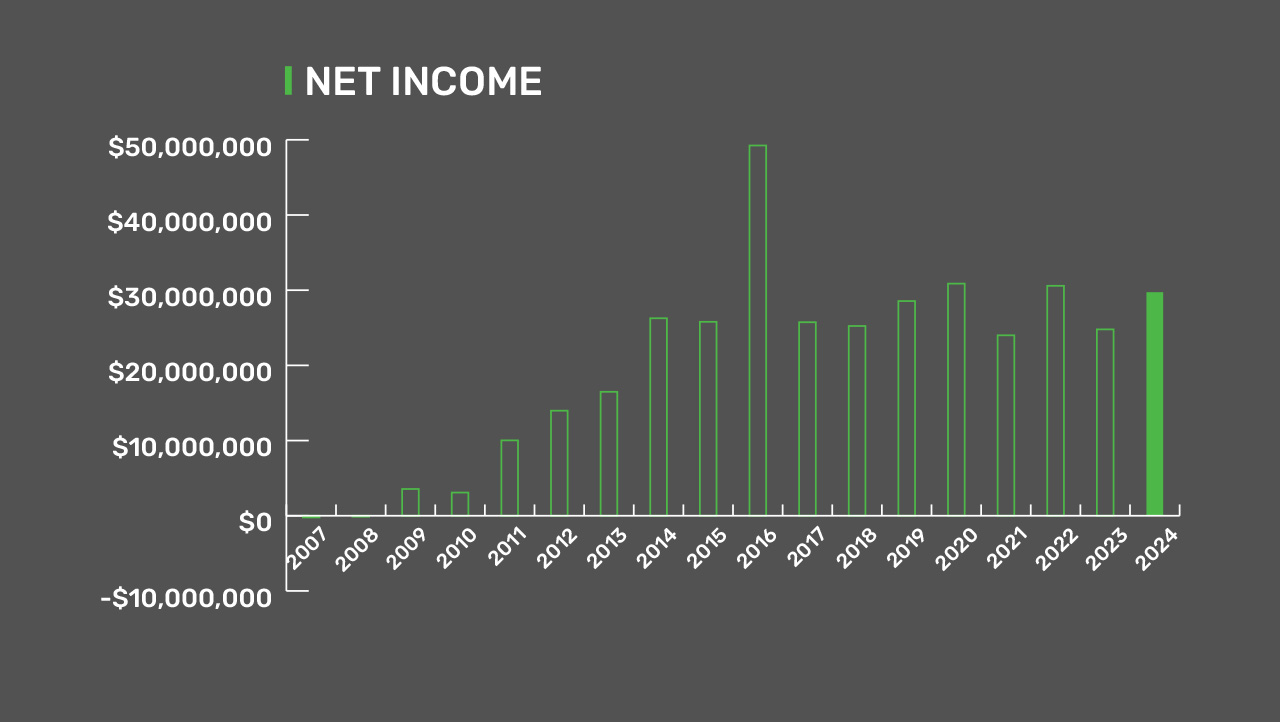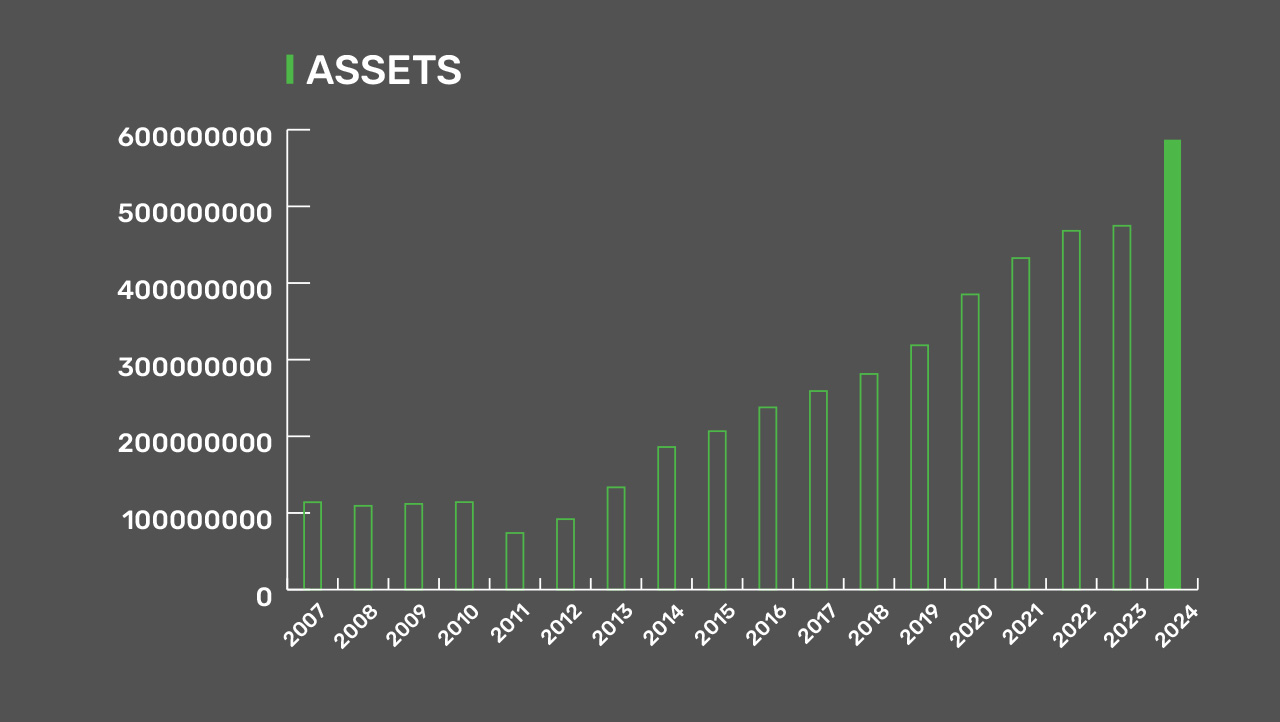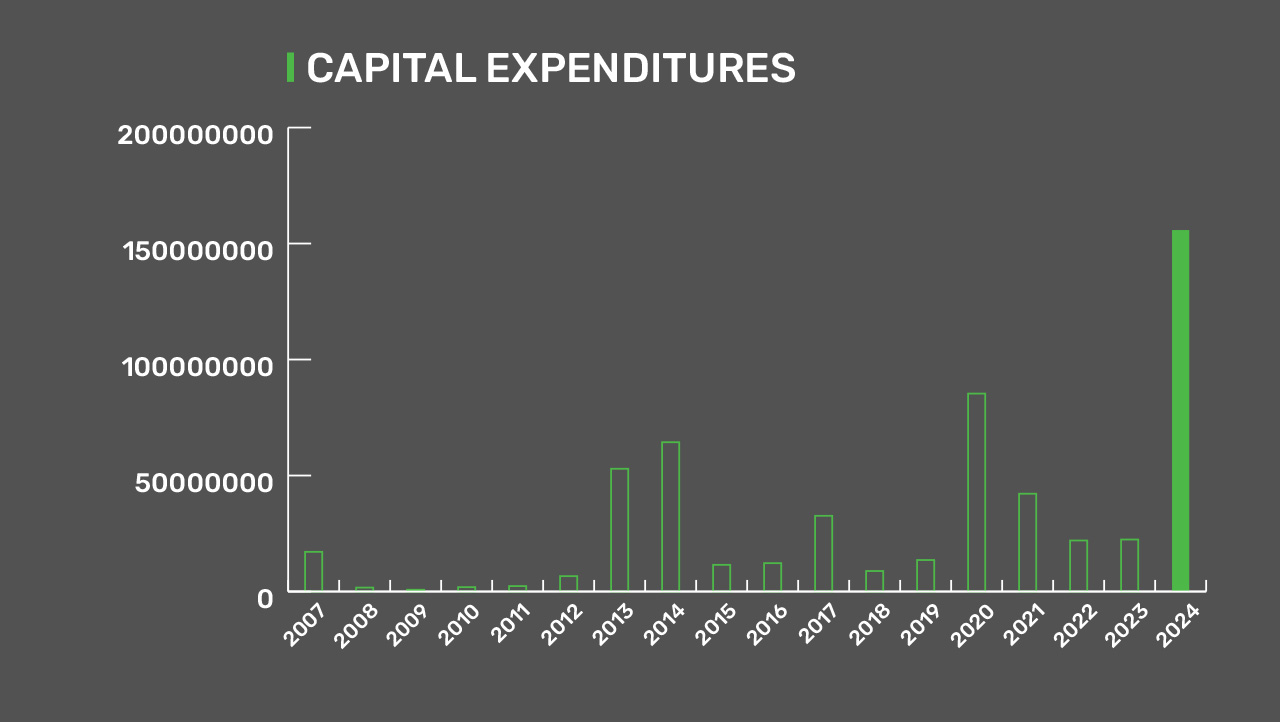2024
Rapport
annuel
LES COMMUNAUTÉS FLORISSANTES.
LE DÉVELOPPEMENT DURABLE
Nous sommes fiers d’opérer sur les terres et les eaux des Peuples Ts’msyen de la langue Sm’algyax. En travaillant avec les communautés autochtones à développer des relations importantes, nous prenons des mesures pour assurer que nos valeurs communes soient reflétées dans une vision partagée à l’avenir.
Tandis que le volume global de fret est resté stagnant en 2024, en reflétant une diminution d’un pour cent par rapport de 2023, les résultats soulignent la valeur de continuer de diversifier les chaînes logistiques que nous ancrons et l’importance des projets majeurs en cours pour nous aider à reprendre et augmenter nos volumes.
Au-delà d’opérations de terminaux, 2024 a marqué un chapitre important de cette nouvelle époque pour la porte d’entrée de Prince Rupert. Le mandat de l’Administration portuaire de Prince Rupert n'a jamais été aussi claire ni pertinent à notre sécurité économique national – nous développons un meilleur Canada par l’accroissement du commerce. En tant que nous naviguons dans un domaine entièrement nouveau de conflits géopolitiques et de commerce mondial, des années de planification stratégique et de développement se culminent dans la plus grande phase de construction dans l’histoire du port de Prince Rupert, avec $3 milliards en investissements capitaux activés pour développer d’infrastructure qui diversifie le fret, crée de nouvelles capacités et fortifie les chaînes logistiques.
Deux projets essentiels ont avancé en 2024 qui sont critiques en formant les prochaines décennies de diversification et d’innovation commerciaux, en renforçant le rôle du Canada dans la sécurité d’énergie mondiale. Du progrès majeur a été fait avec le projet de CANXPORT : l’installation de transbordement d’exportations de conteneurs de 400,000 EVTs ouvrira des nouvelles possibilités pour les exportateurs de l’ouest du Canada d’atteindre de nouveaux marchés mondiaux et de soutenir une meilleure balance de commerce conteneurisé par le Fairview Container Terminal de DP World. Le projet de $750 millions de transbordement et de logistiques de rail-conteneur à grande échelle est un partenariat avec Ray-mont Logistics et il a reçu l’appui d’un prêt de $ 150 millions de Banque de l’infrastructure du Canada en mai 2024 – le premier investissement jamais de l’organisme dans un port canadien.
L'installation de Ridley Energy Export (REEF), un cadre de collaboration entre AltaGas et Vopak, a atteint sa décision finale d’investissement en mai 2024, en lançant de travail majeur de construction. Le terminal de $ 1.35 milliards fournira sept millions de tonnes de capacité du nouveau vrac liquide à la porte d’entrée de Prince Rupert pour le fret, y compris le propane, le méthane et le butane, et capitalisera sur le succès éprouvé de Ridley Island Propane Export Terminal (RIPET) d’AltaGas. En cours, le port de Prince Rupert fournit 13 pour cent de gaz de pétrole liquéfié (GPL) de Corée du Sud, et presque 25% du Japon. REEF offrira même plus d’accès de marée pour les producteurs d’énergie canadiennes et aidera à soutenir plus de commerce en Asie en triplant la capacité d’exportations de GPL pendant la première phase.
Au milieu du développement sans précédent, nous avons également progressé en matière de direction et gérance environnementales, en avançant plusieurs initiatives et collaborations importantes visant à réduire les effets d’activité du port. En 2024, L’APPR a lancé une initiative de diesel renouvelable, en bâclant d’approvisionnement d’un alternatif d’émission plus faible au lieu de diesel de pétrole qui a été utilisé par la majorité de partenaires de la porte d’entrée. De plus, nous avons collaboré avec l’initiative d’Integrated Marketplace du gouvernement de la C.-B. et Gat Leedm Logistics sur un nouveau banc d’essai pour des camions lourds zéro et à faibles émissions. Ce projet de pilot aide à informer quelles sortes de véhicules sont les plus adaptés pour les opérations de la porte d’entrée et autres industries similaires à travers la province. En permettant cette technologie et l’adoption plus large de gaz à faibles émissions, nous soutenons notre but de réduire les émissions carbones au port de Prince Rupert de 30 % par 2030.
Ces grands pas n’auraient pas été possible sans l’engagement, les compétences et l’agilité de main d’œuvre de la porte d’entrée. Ce nouveau chapitre de l’histoire du port de Prince Rupert est un témoignage à leur innovation et productivité, et nous remercions tout le monde pour leur contribution vers la réalisation de cette vision. Nous vous encourageons de continuer à lire les fait saillants de nos activités de 2024 et de visiter 2024.rupert.com/fr/ pour une revue plus détaillée.
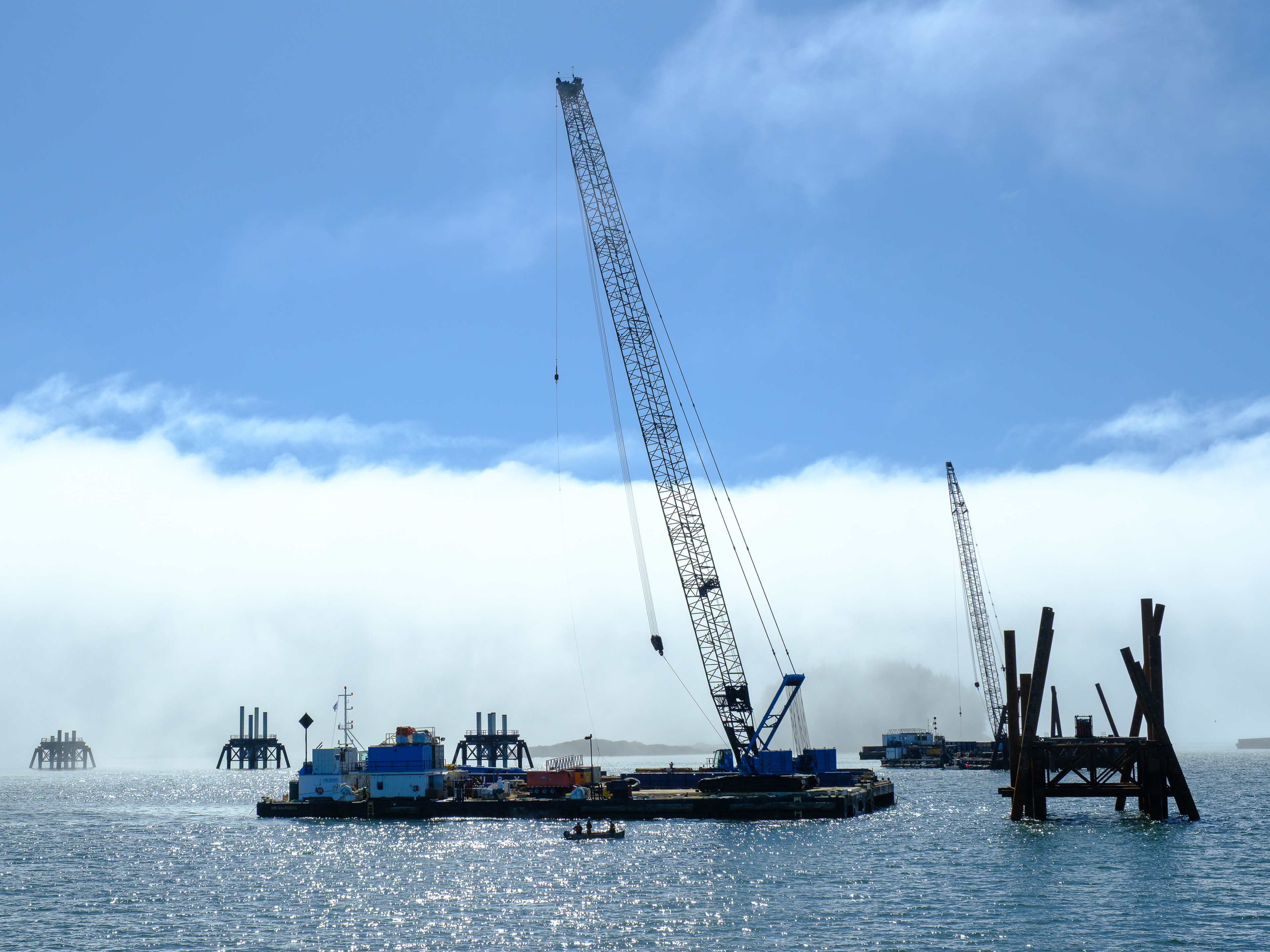
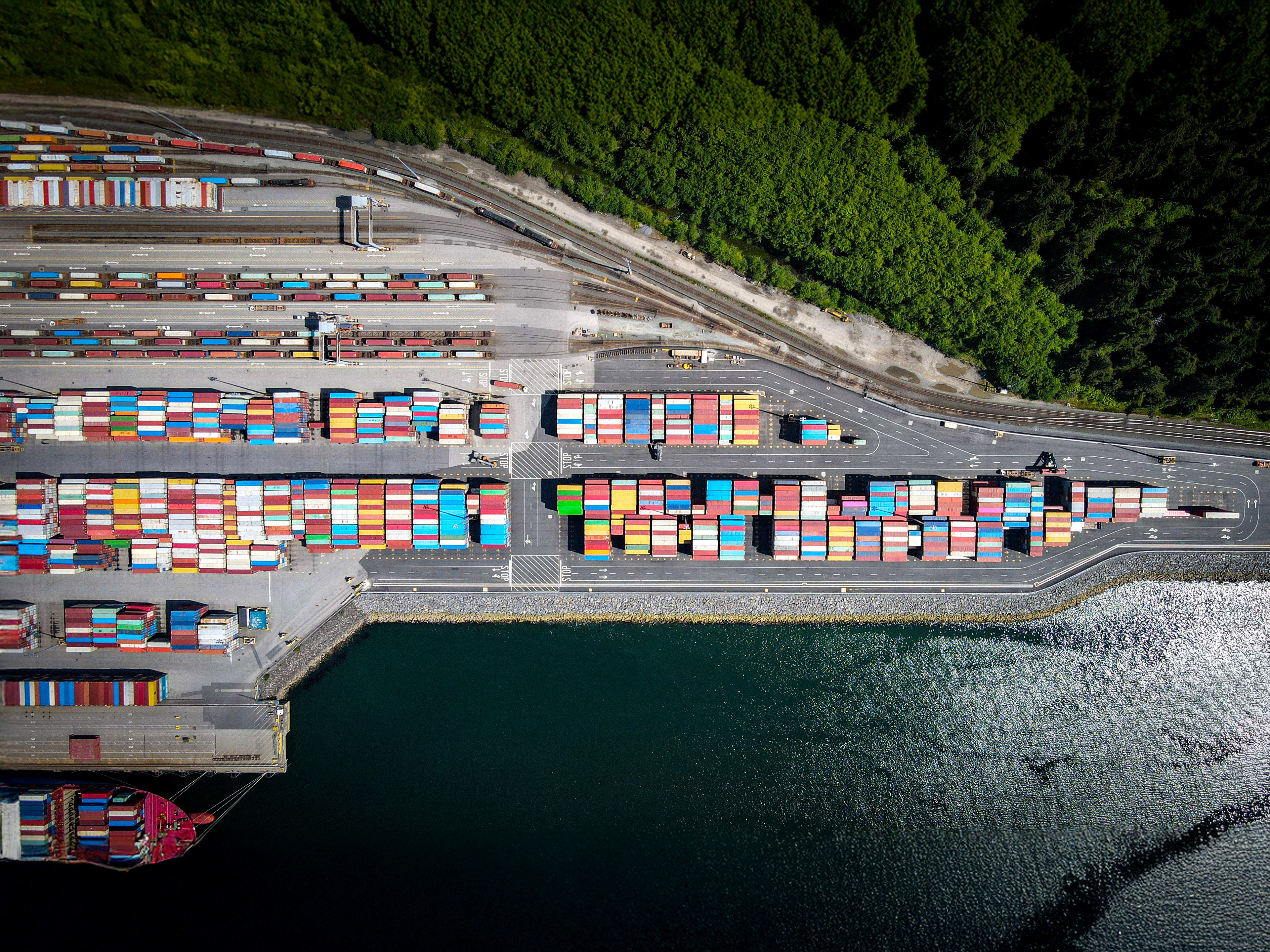

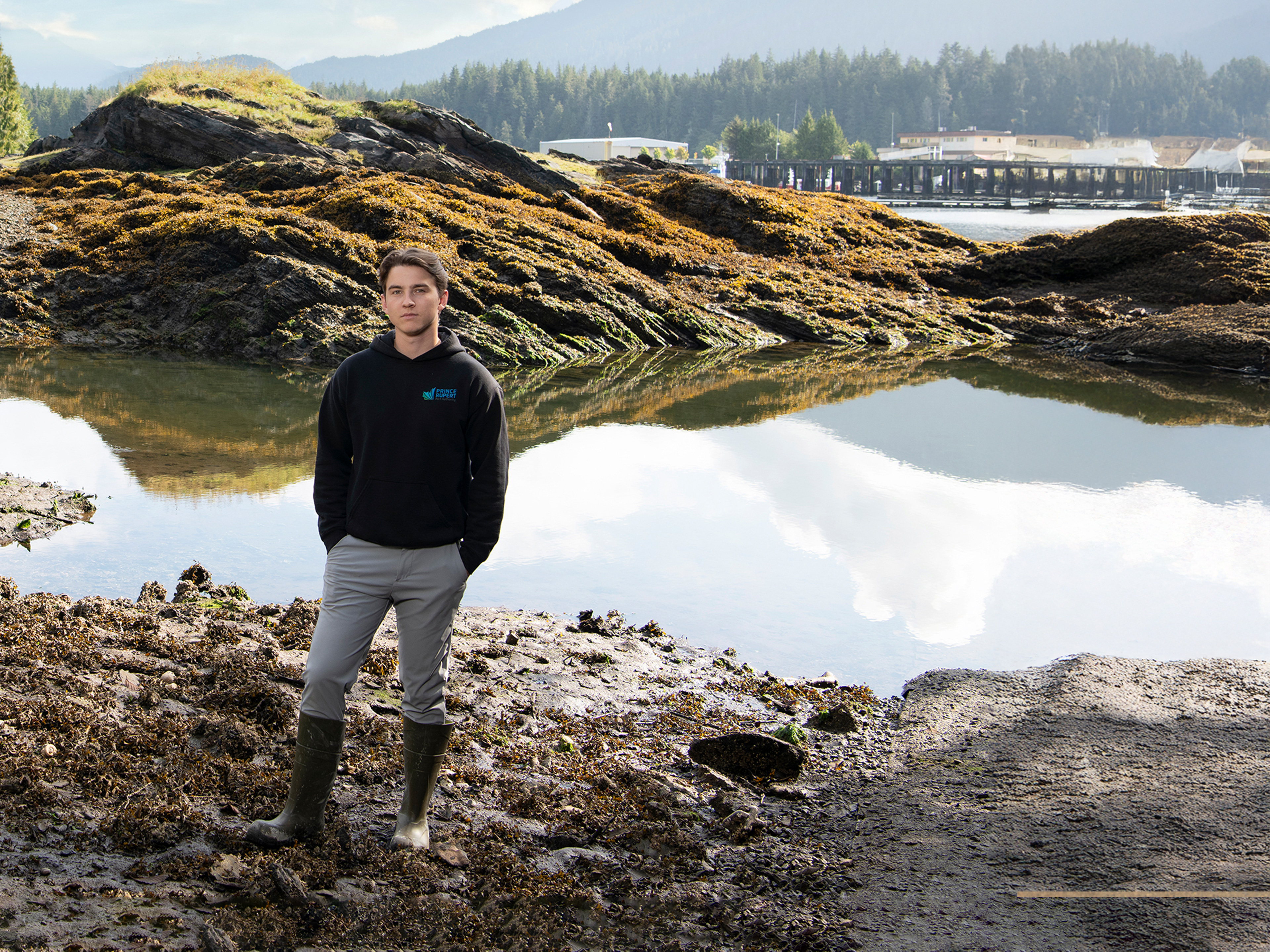
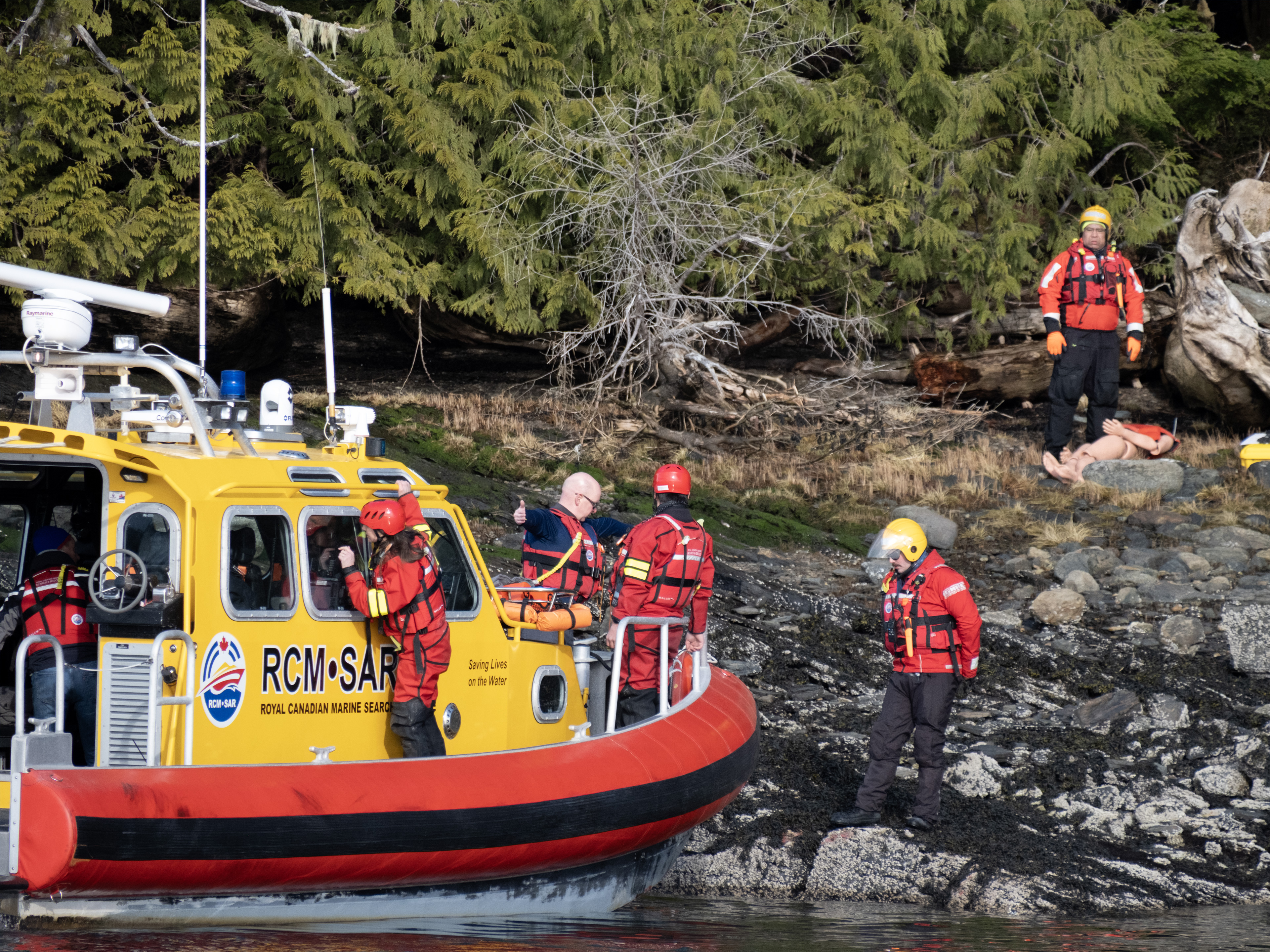
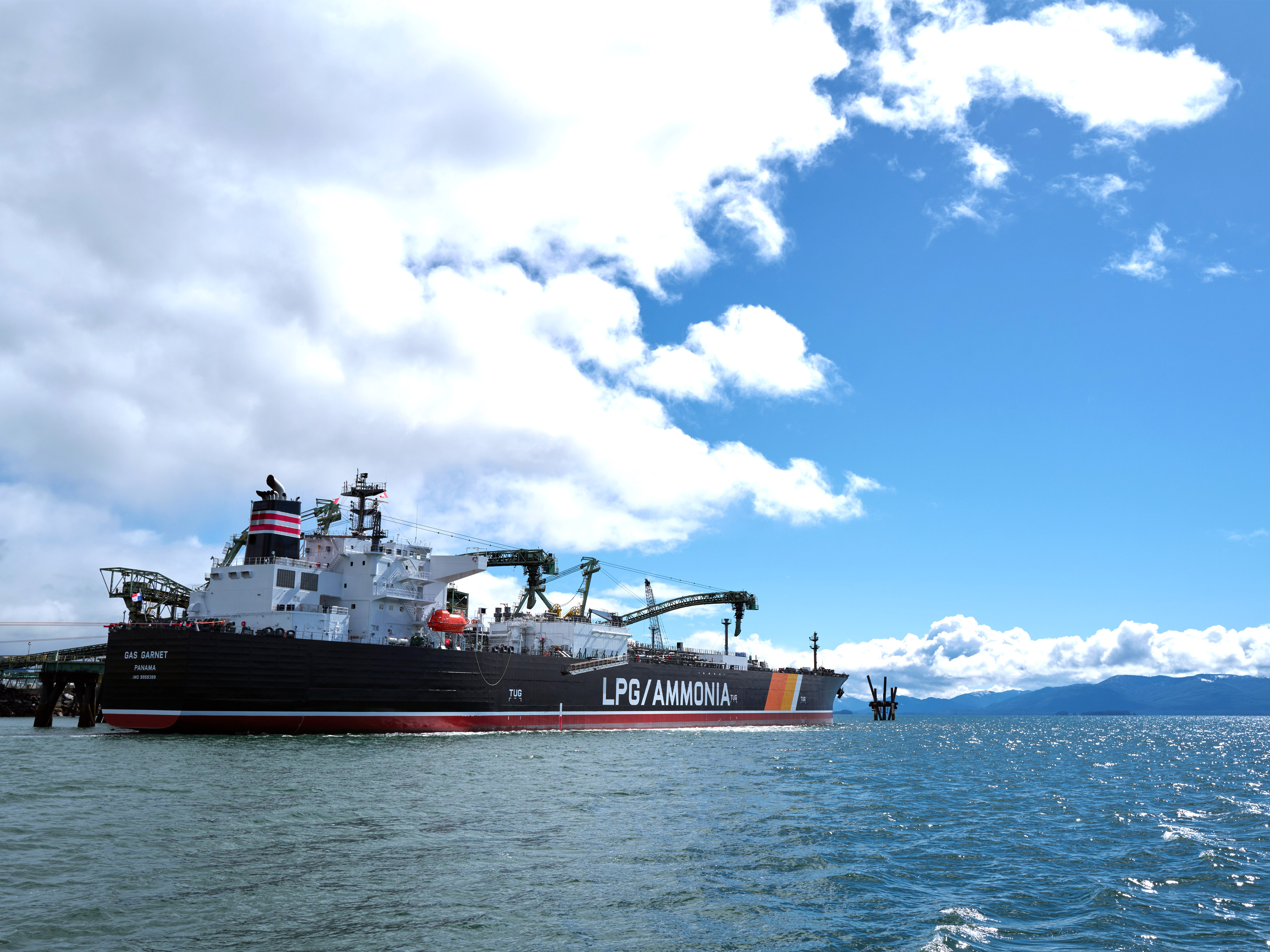
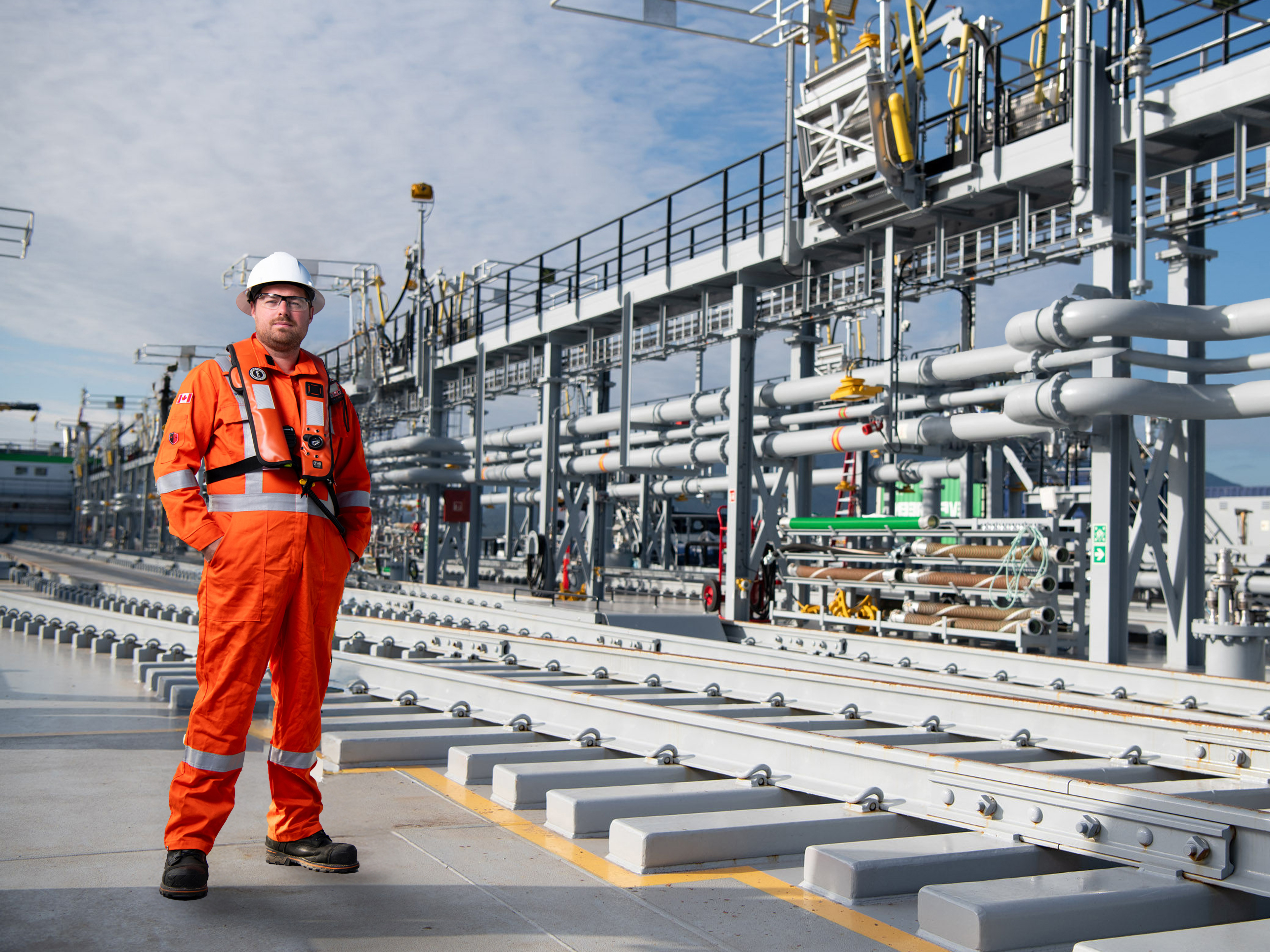
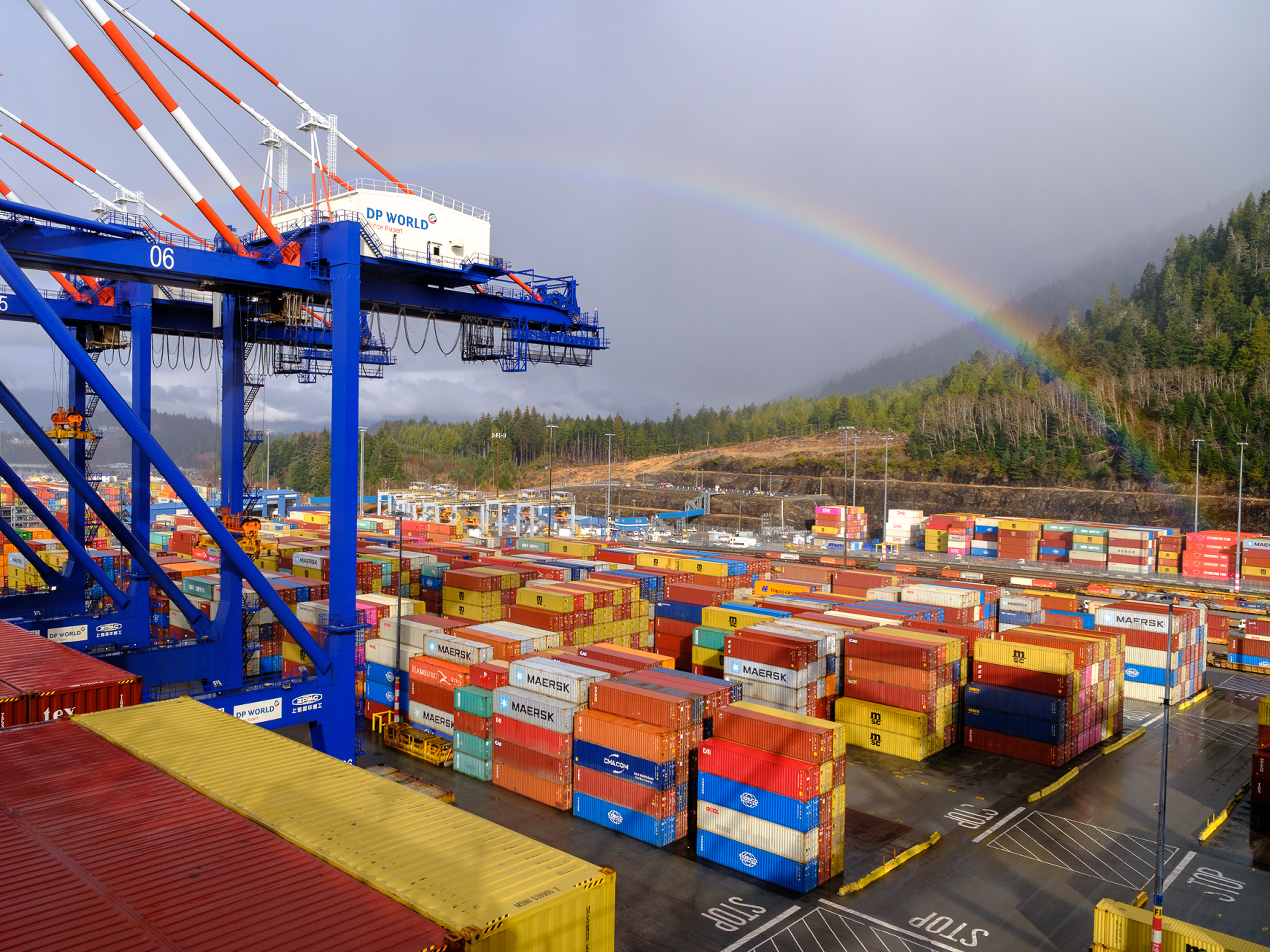
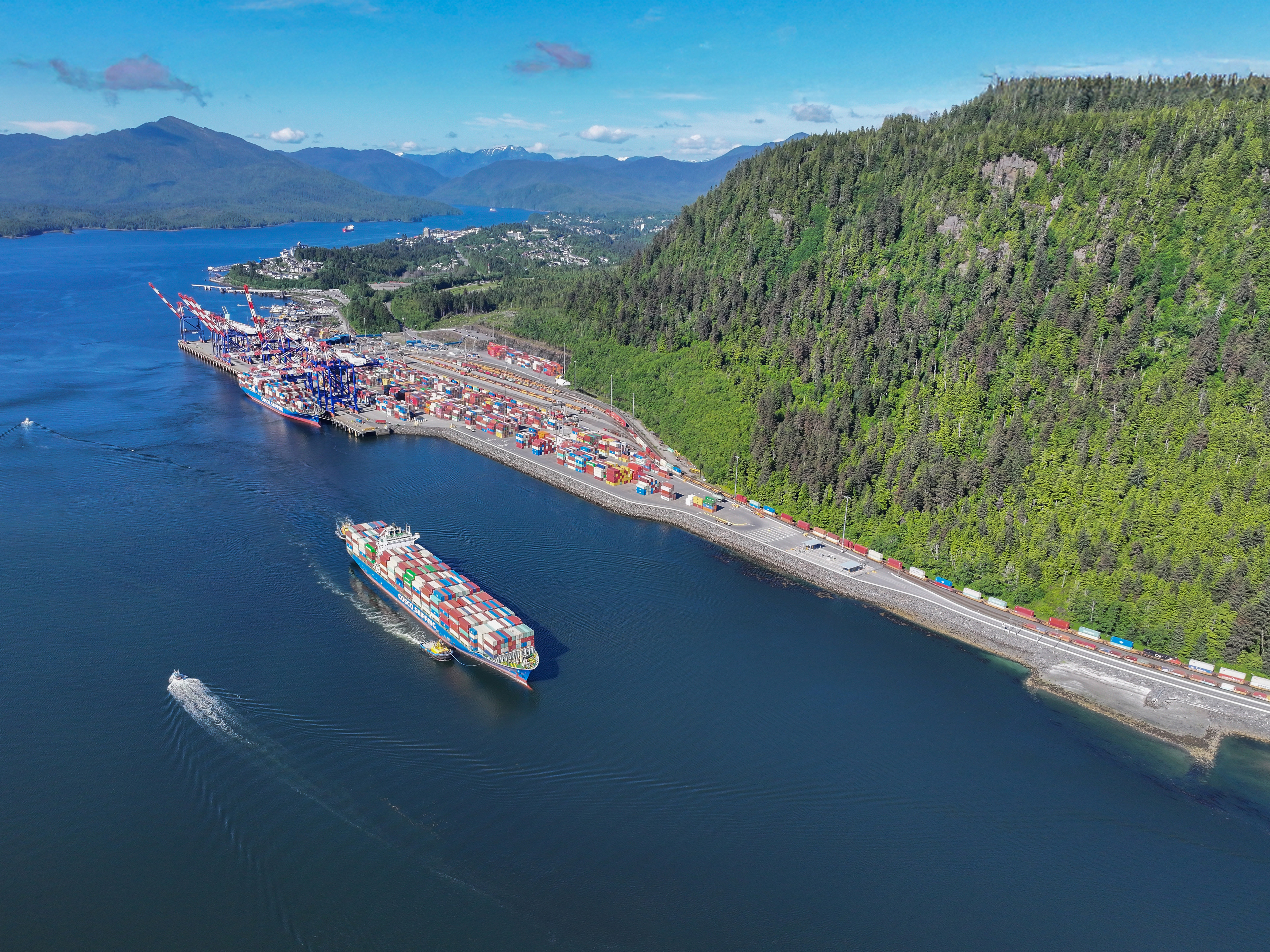
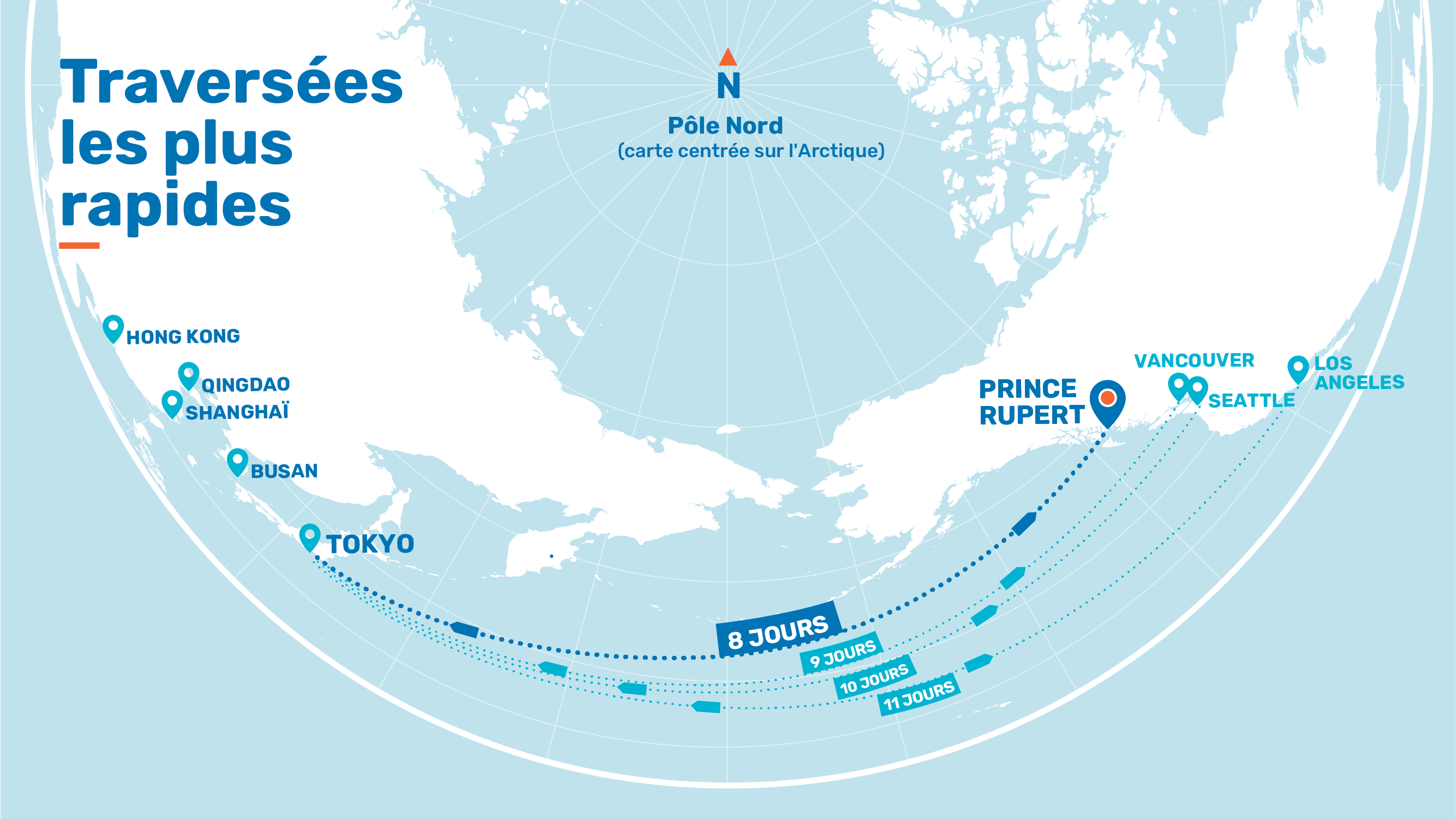
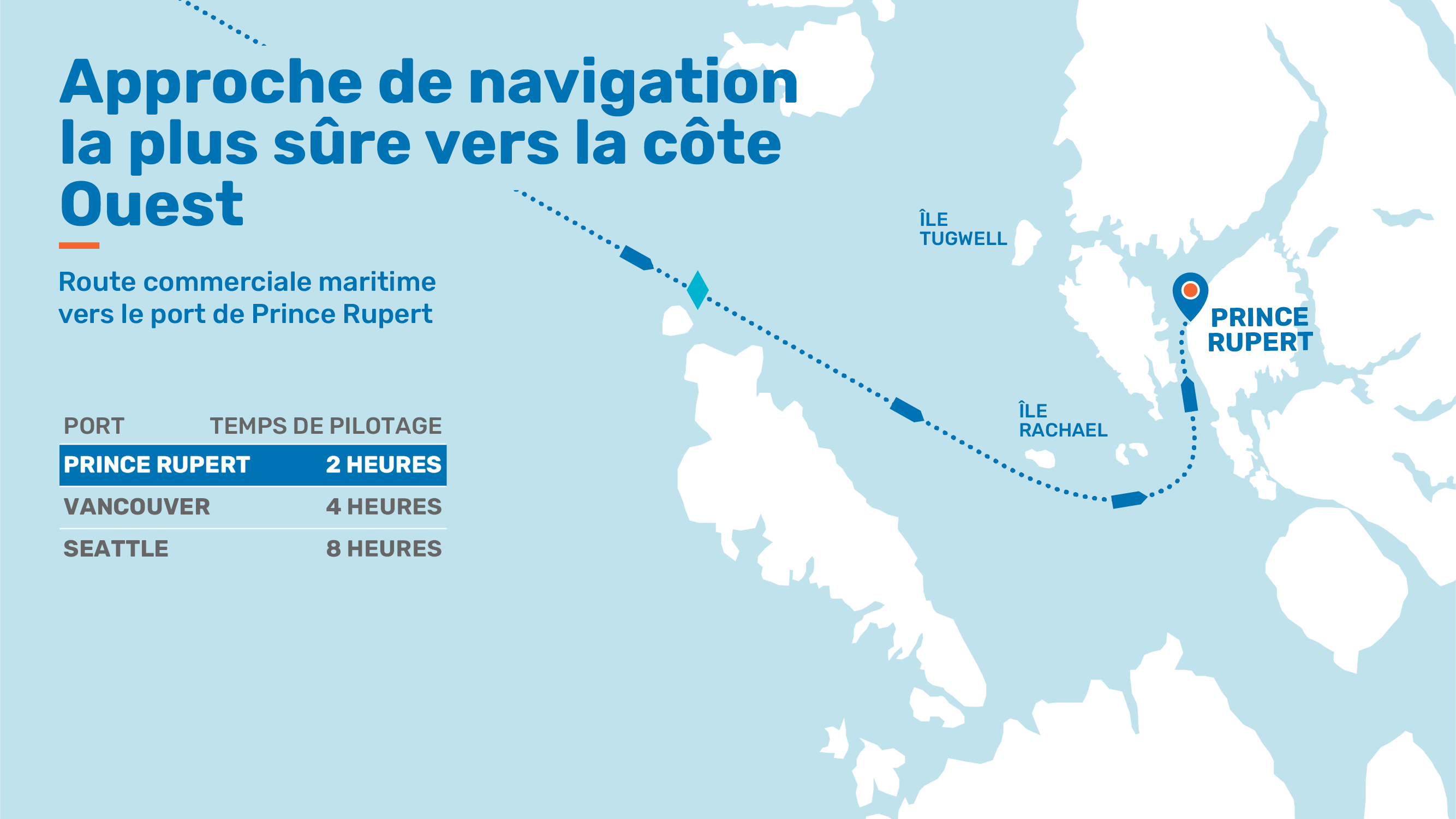
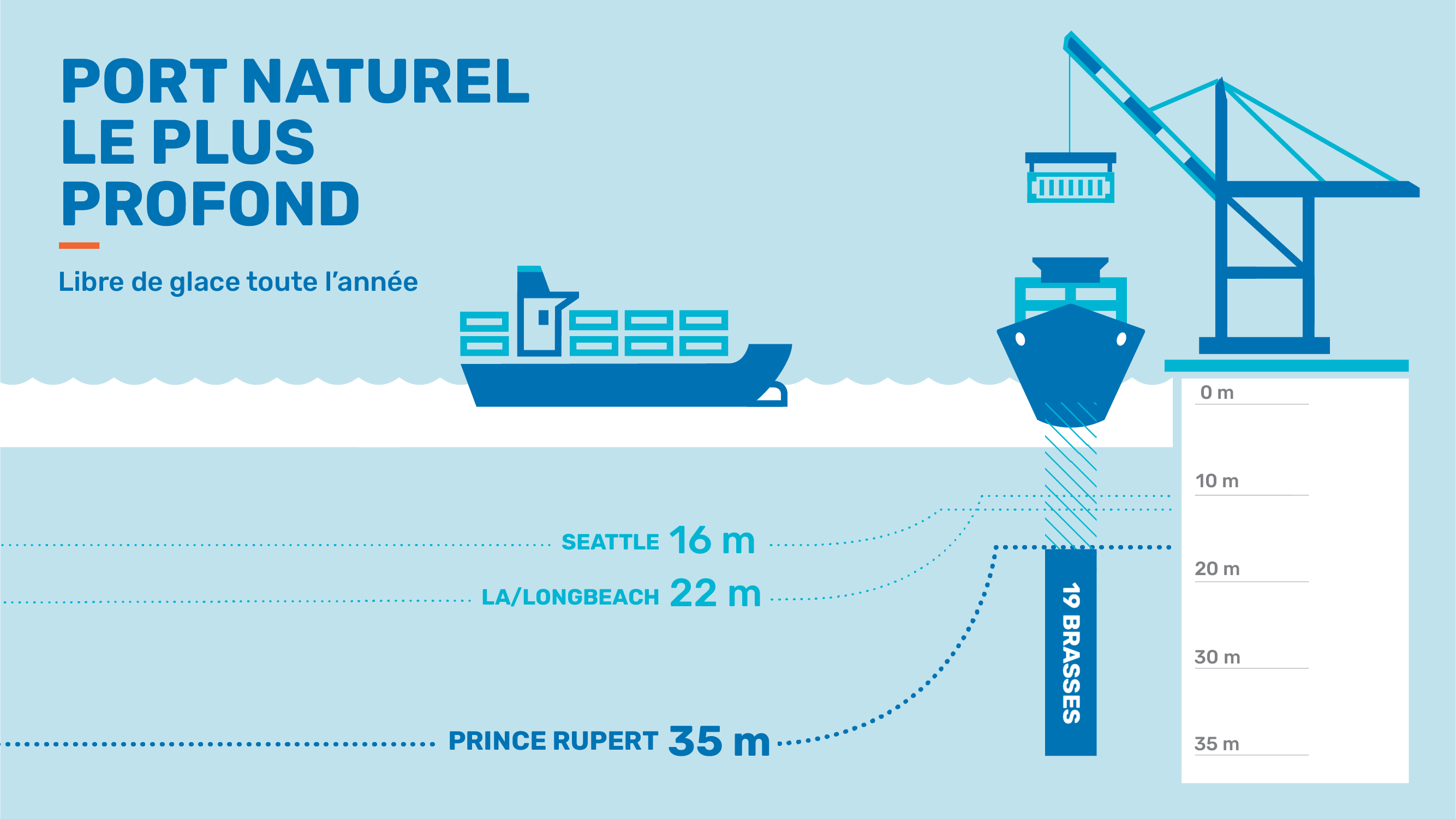

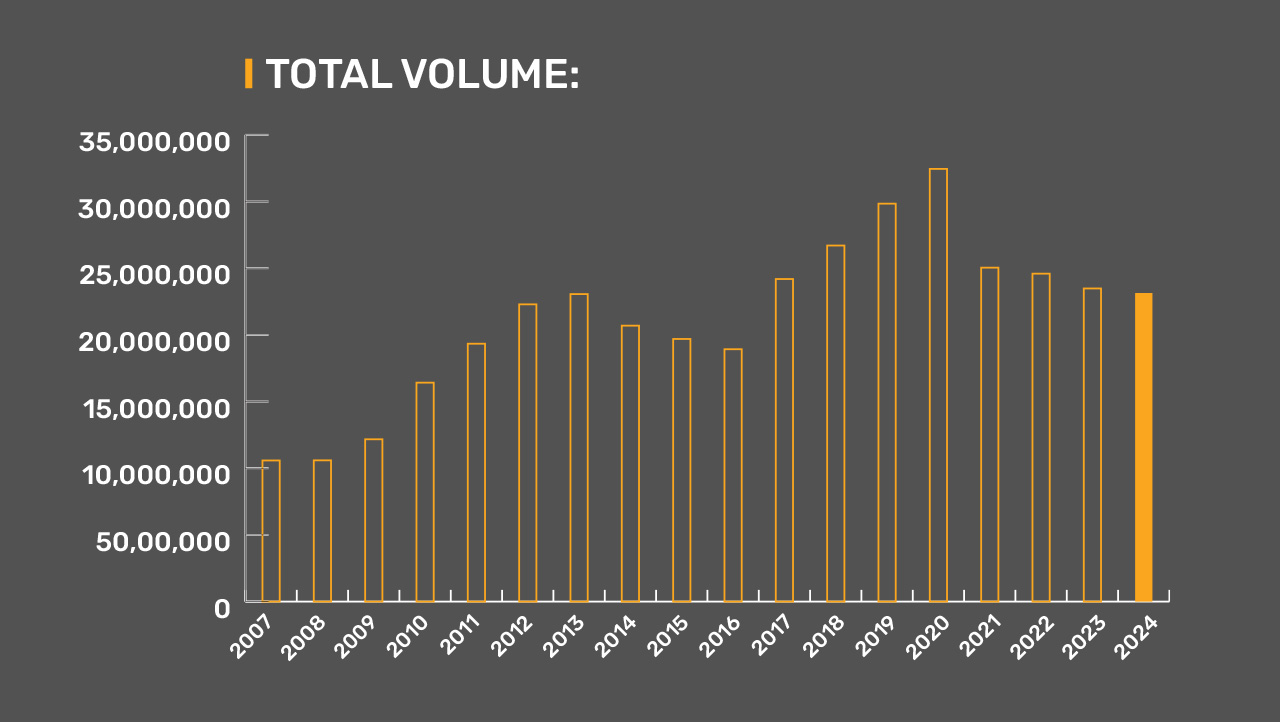
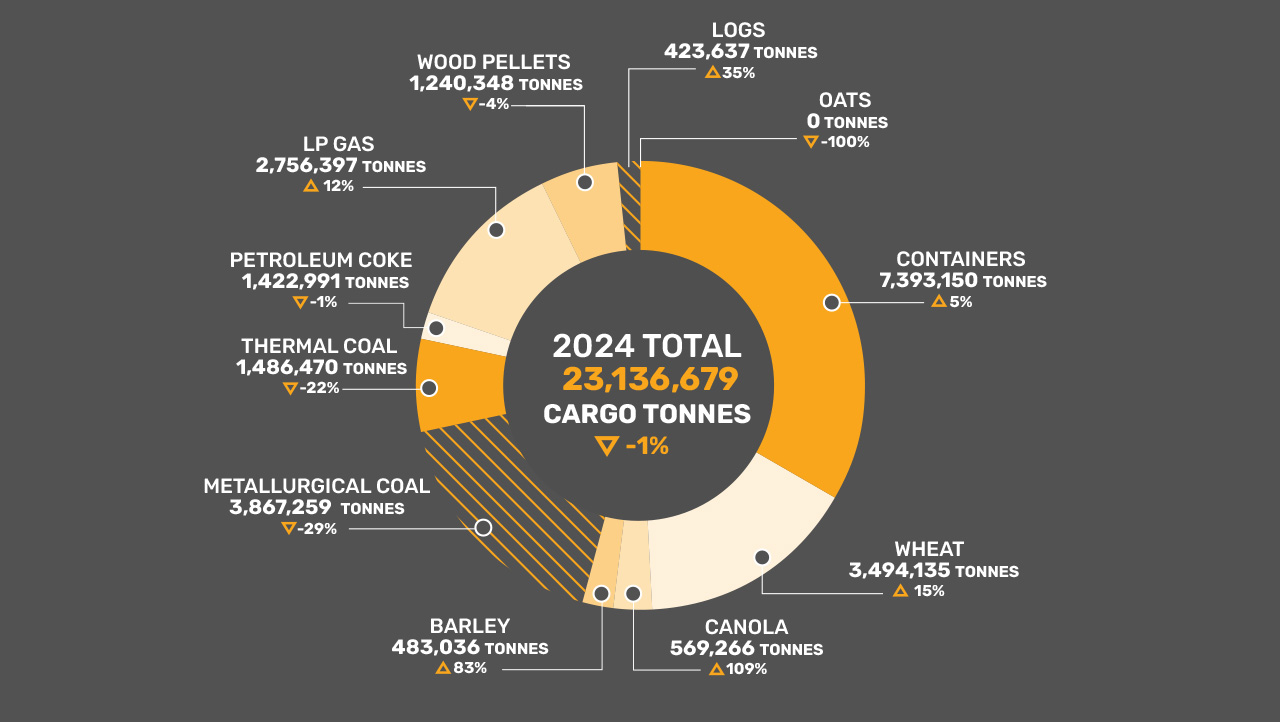
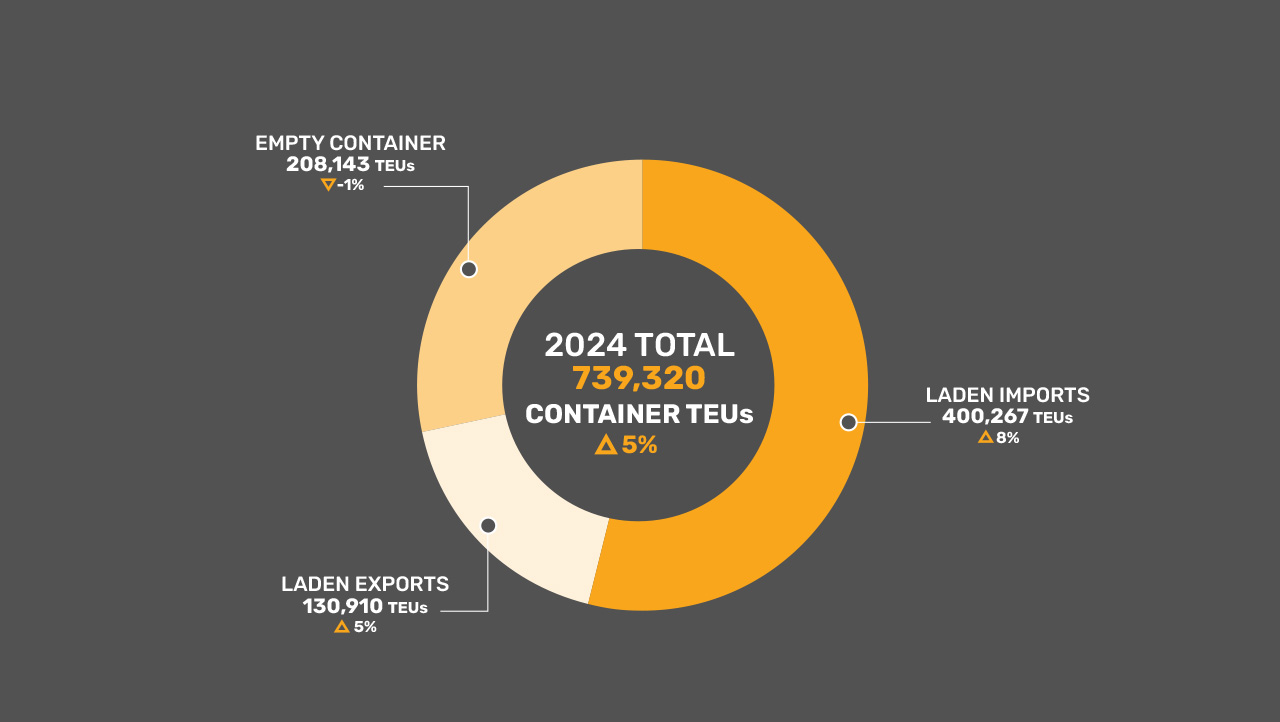
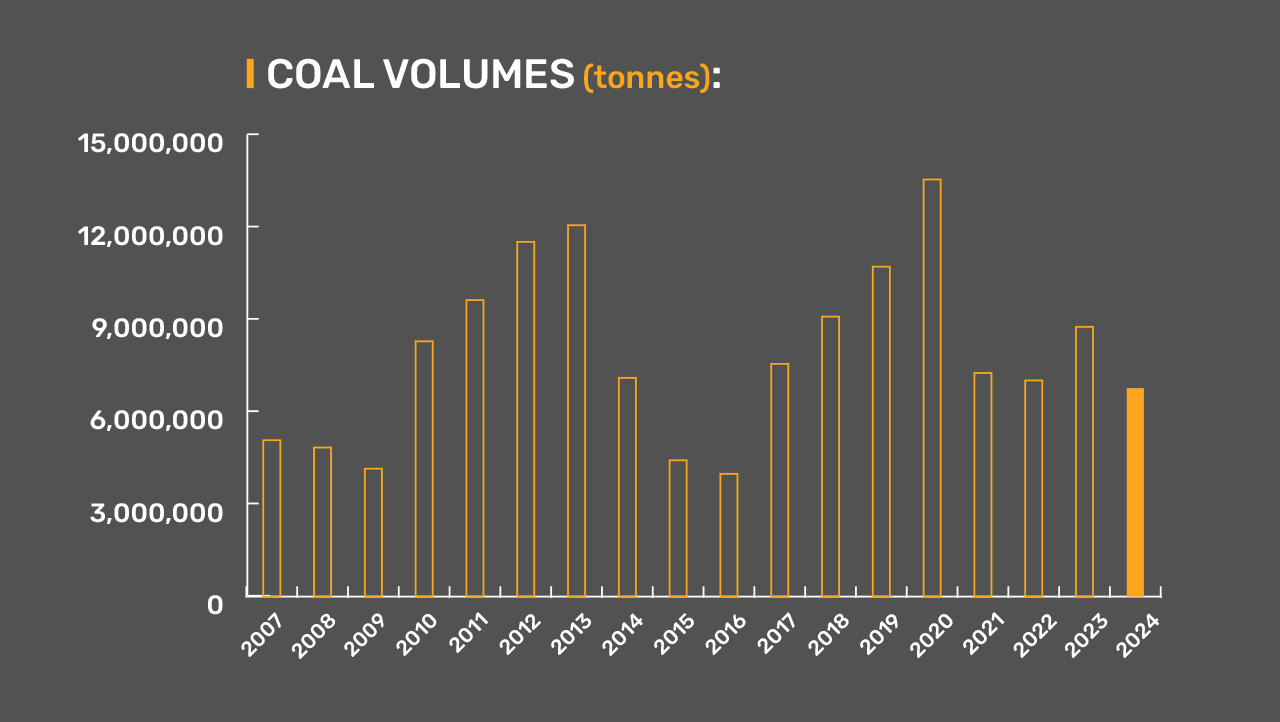
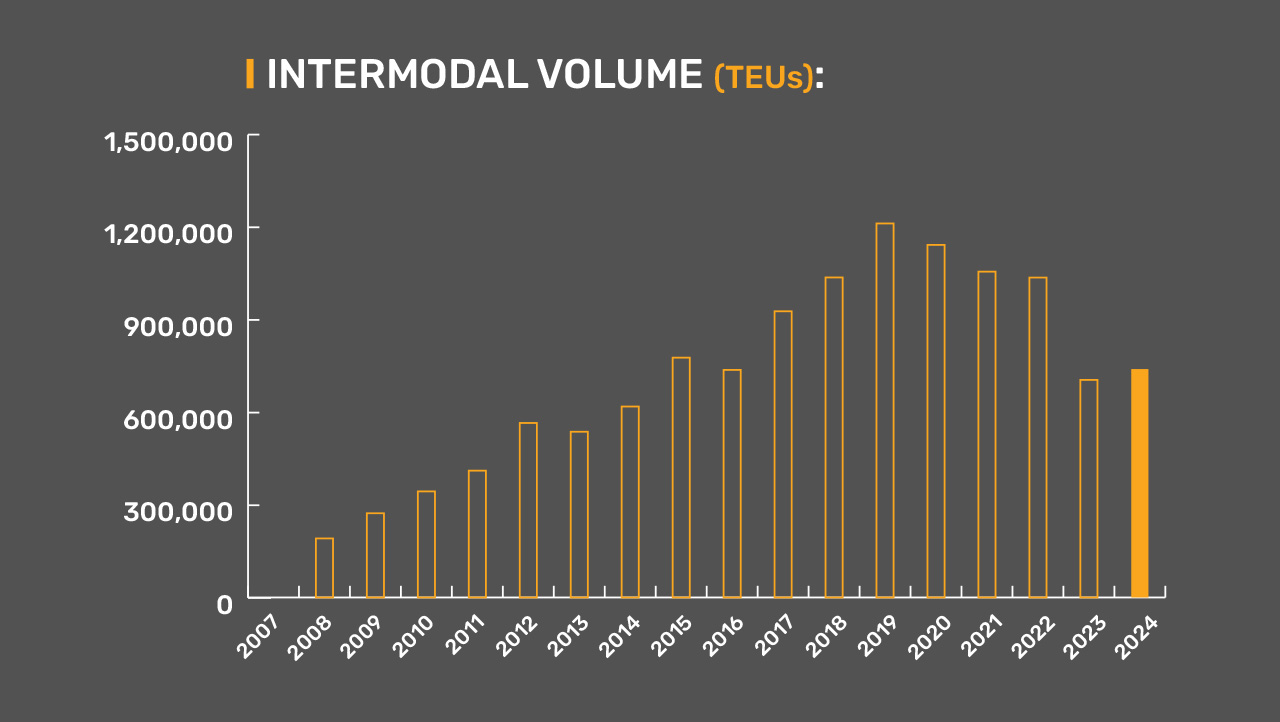
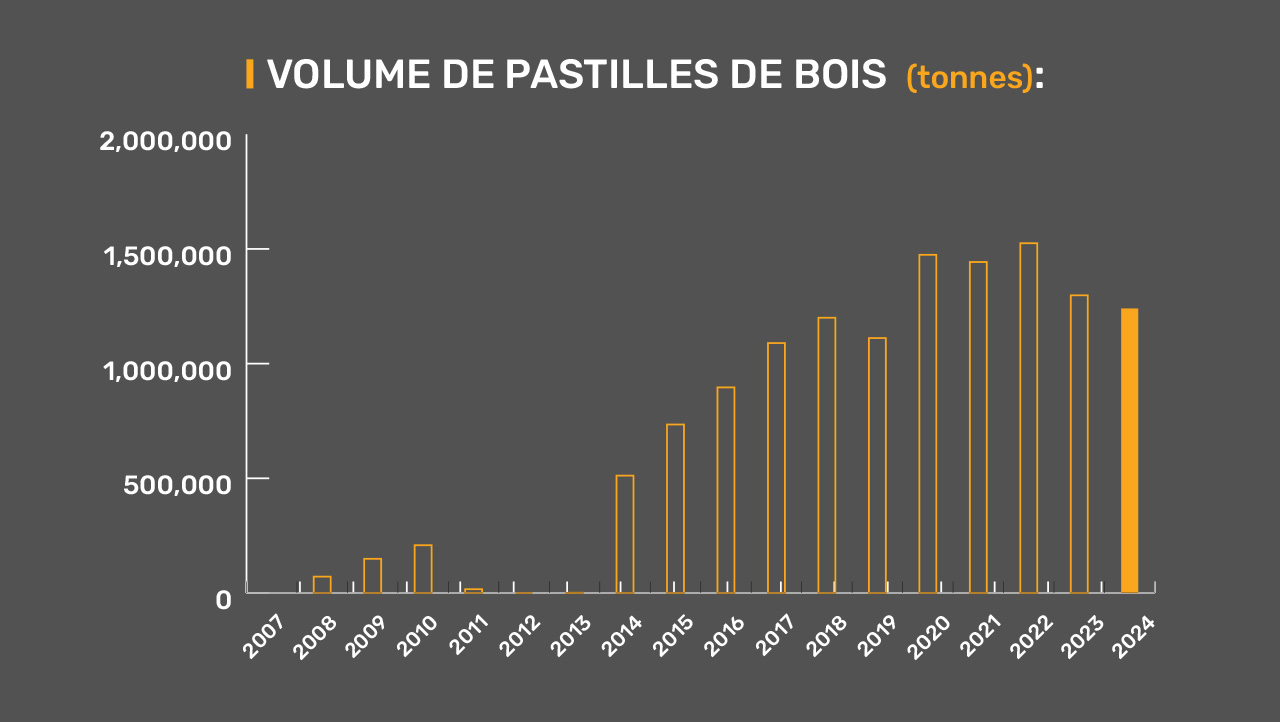
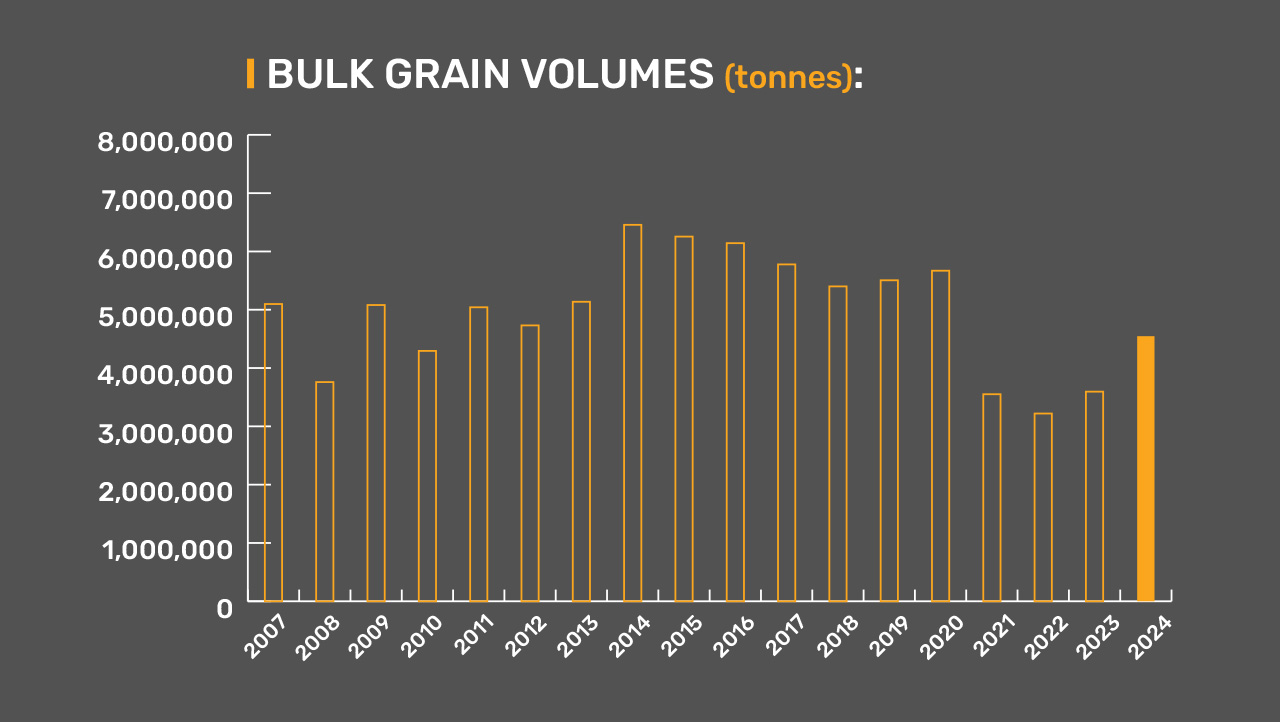
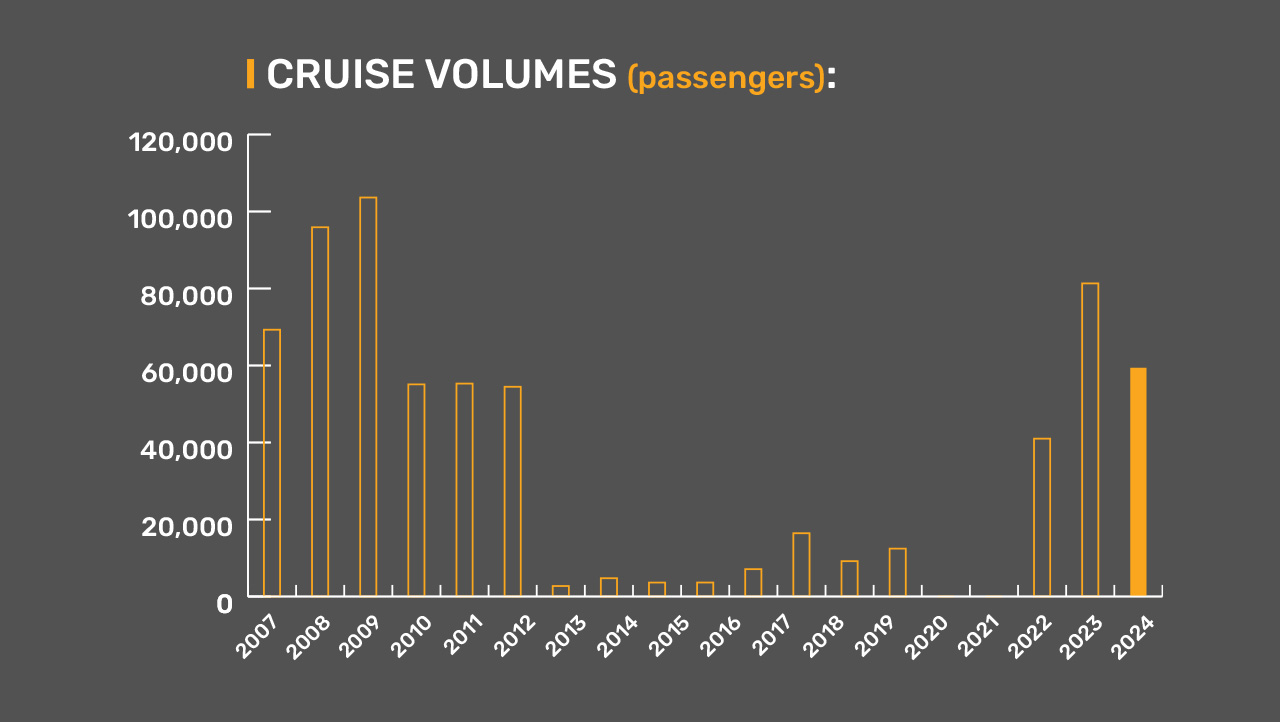
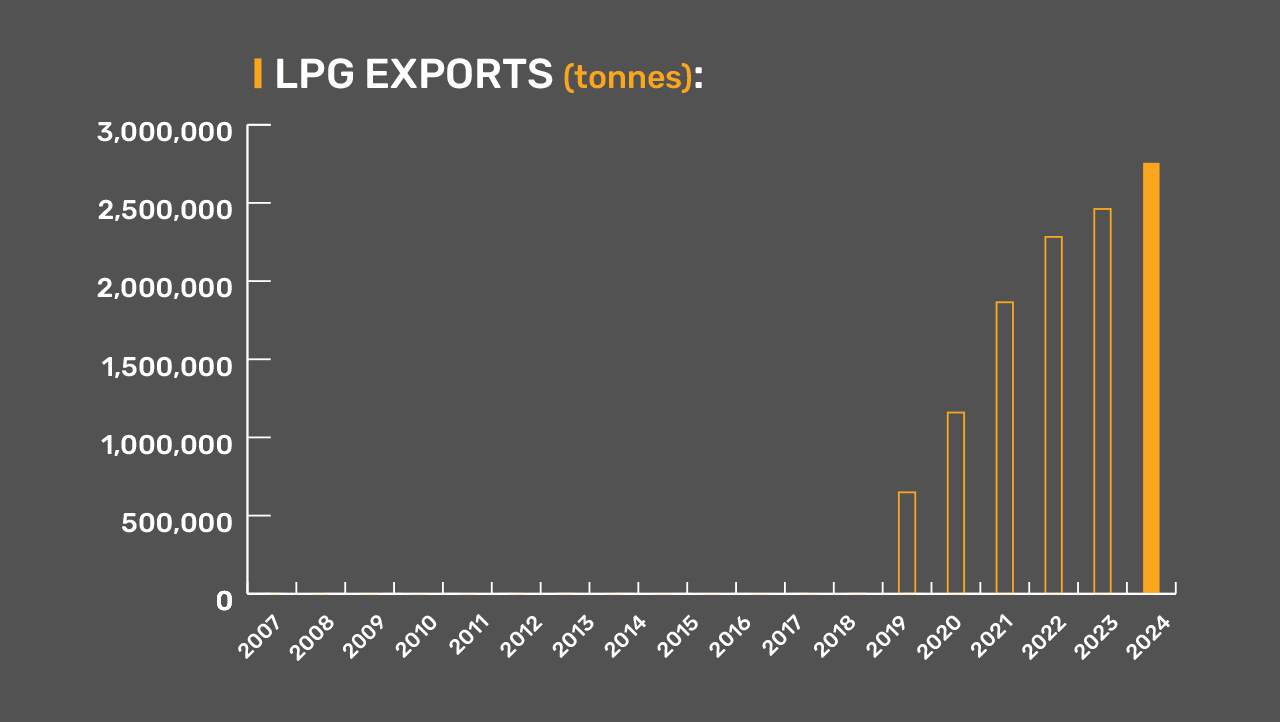
.jpg)
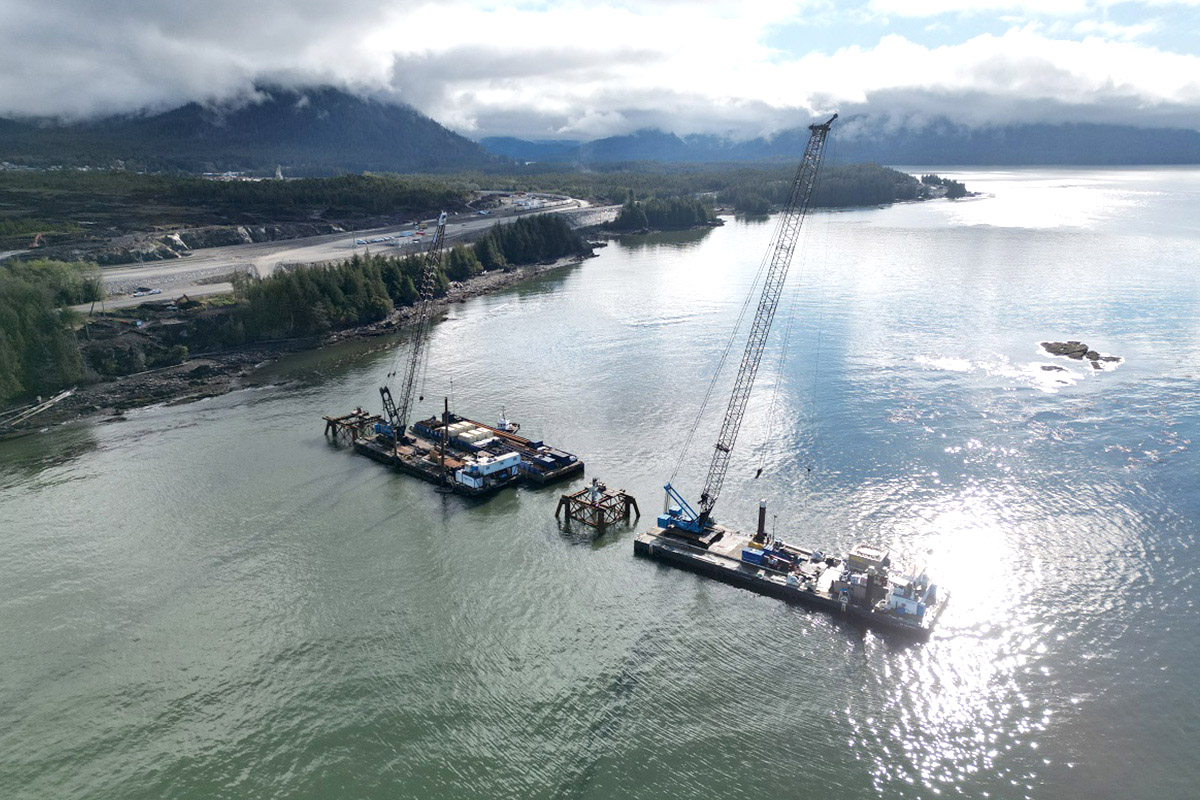
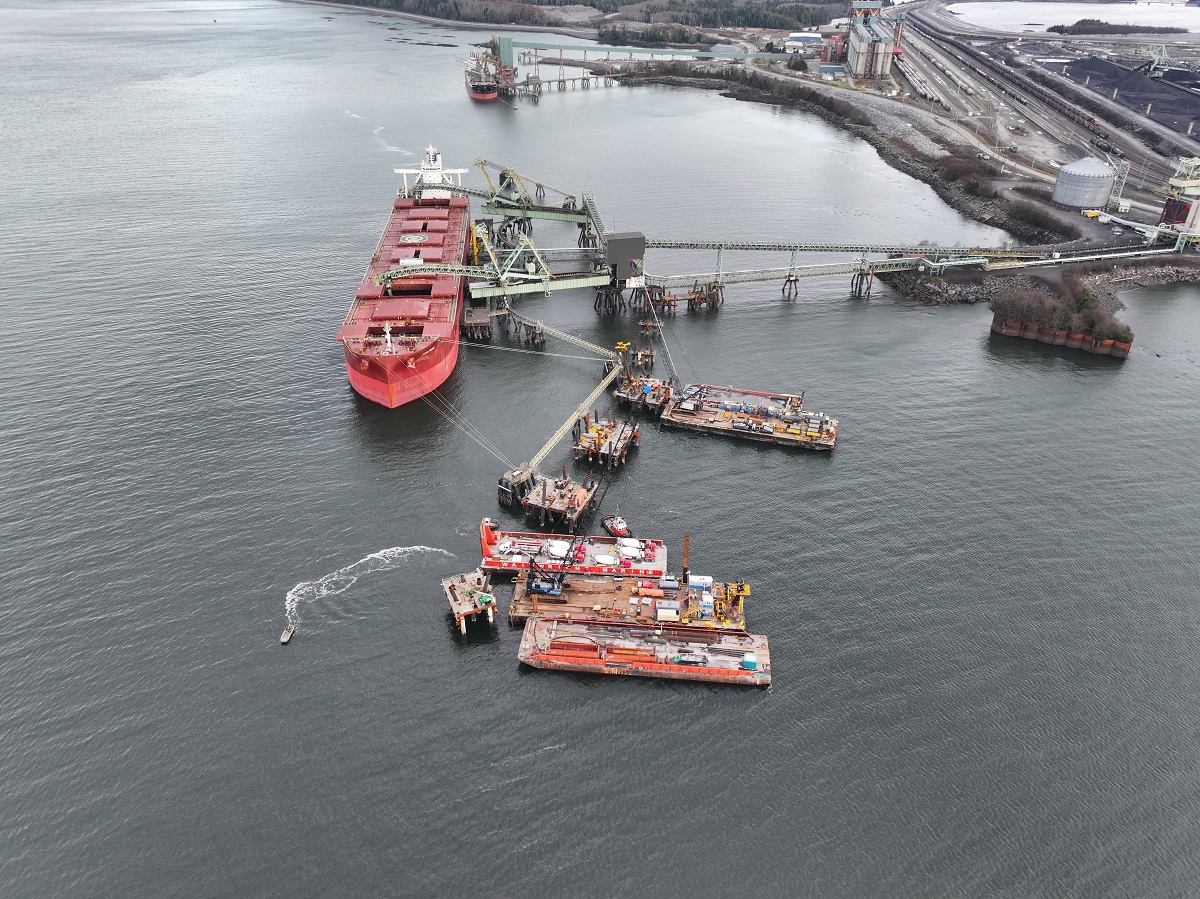
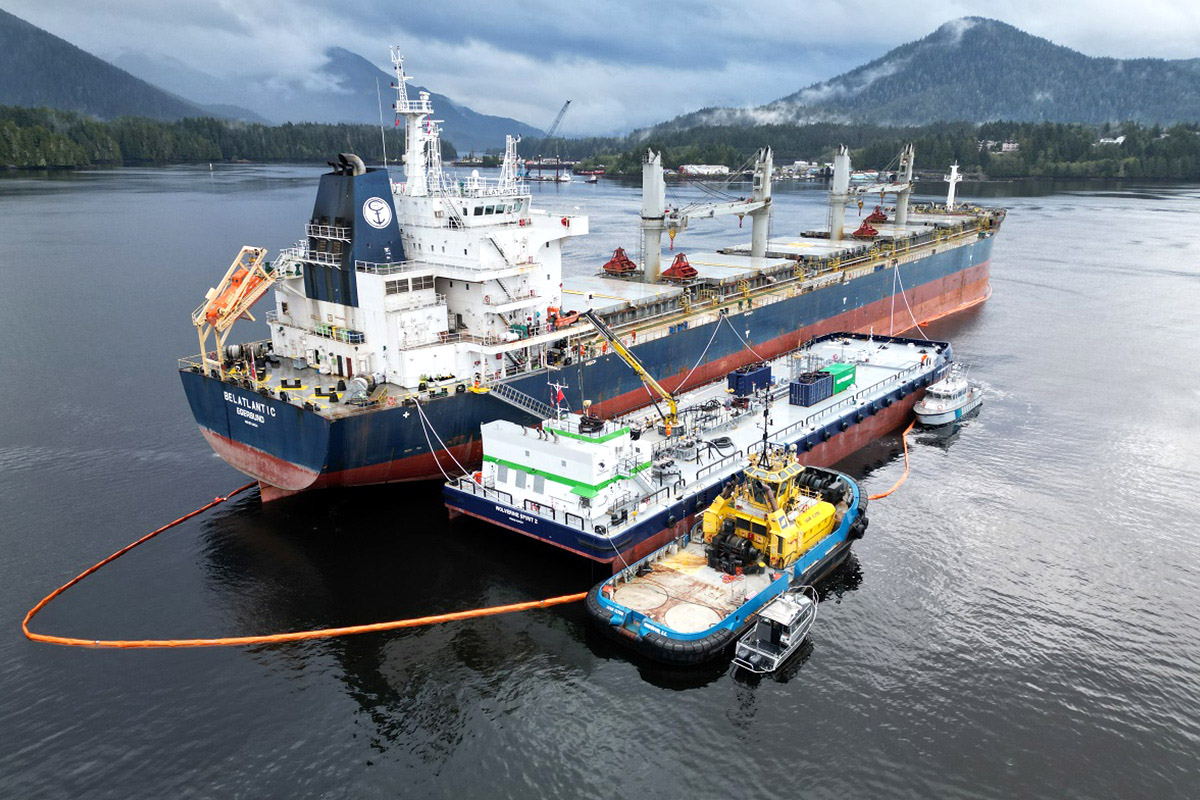

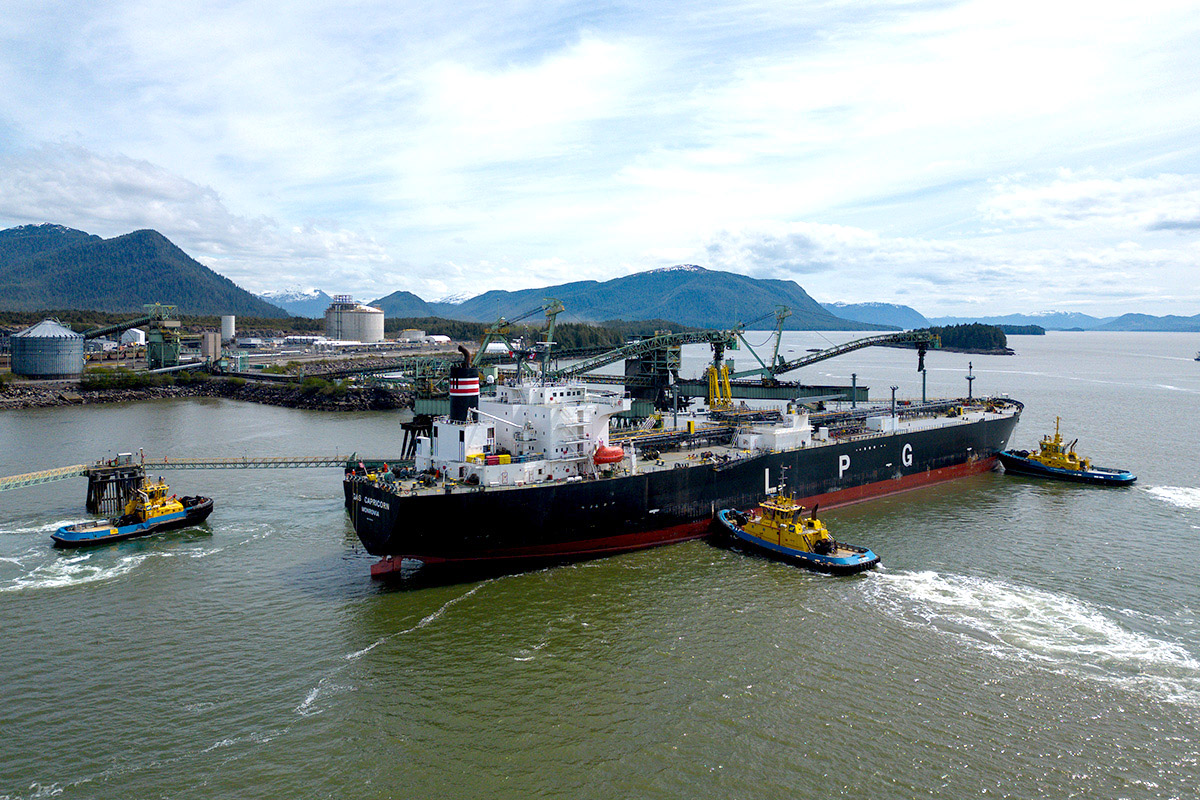
.jpg)
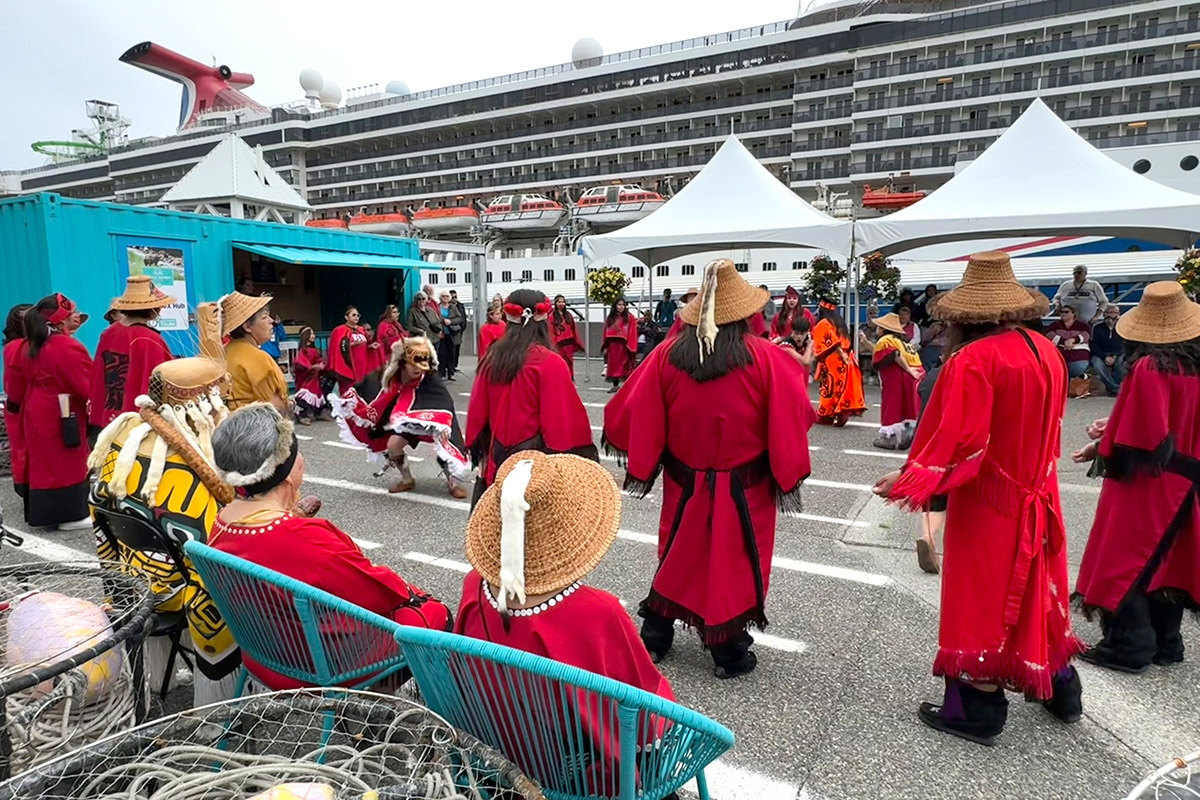
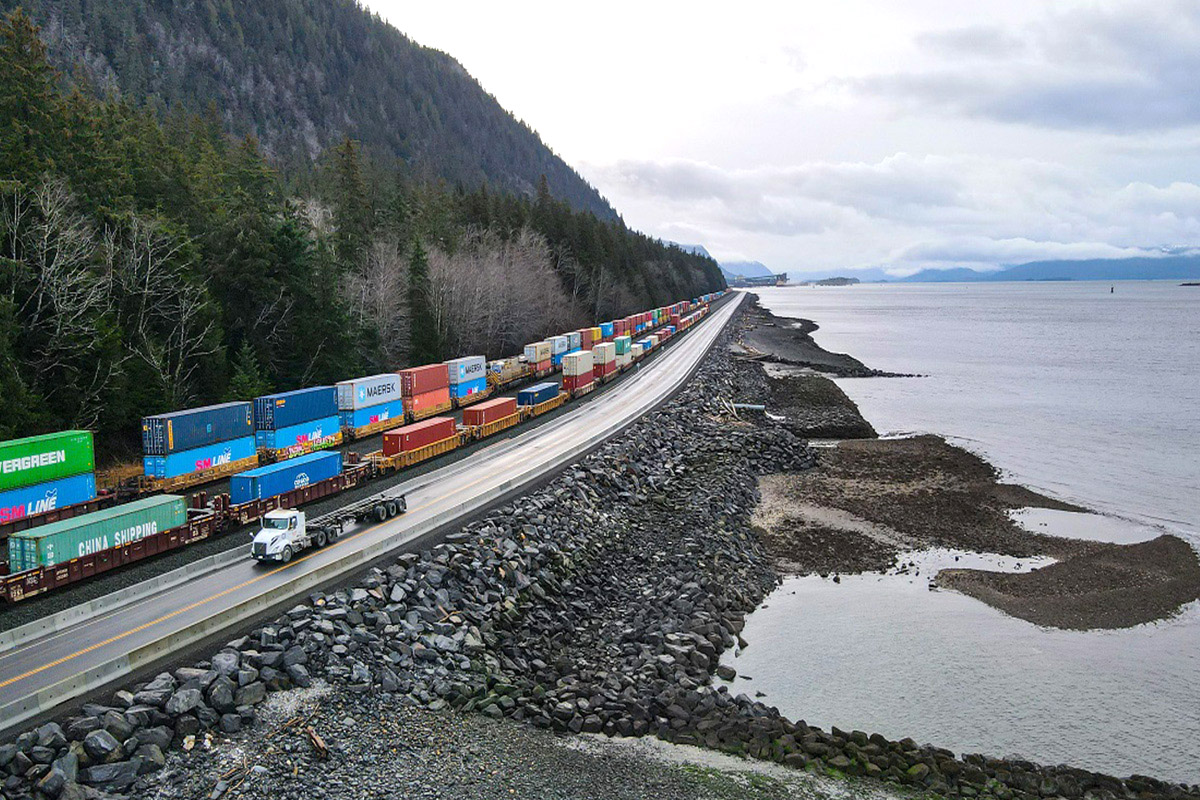
.jpg)
.jpg)

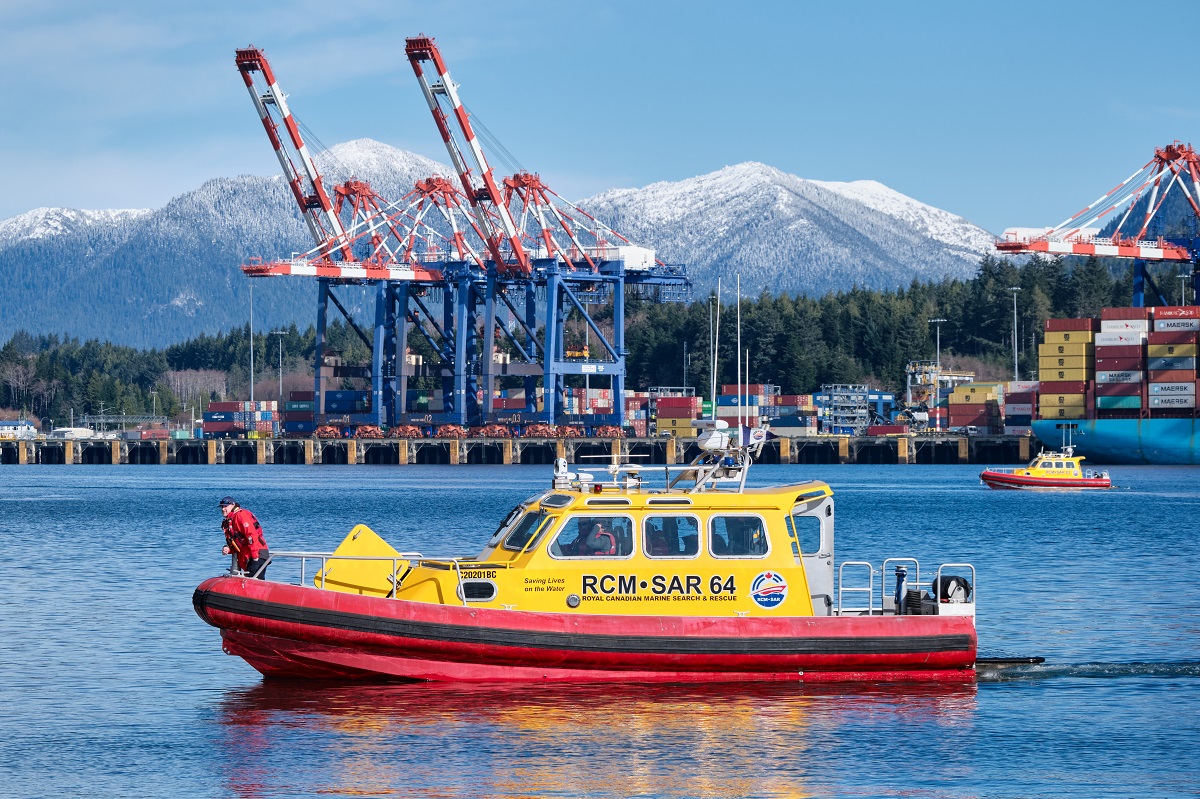
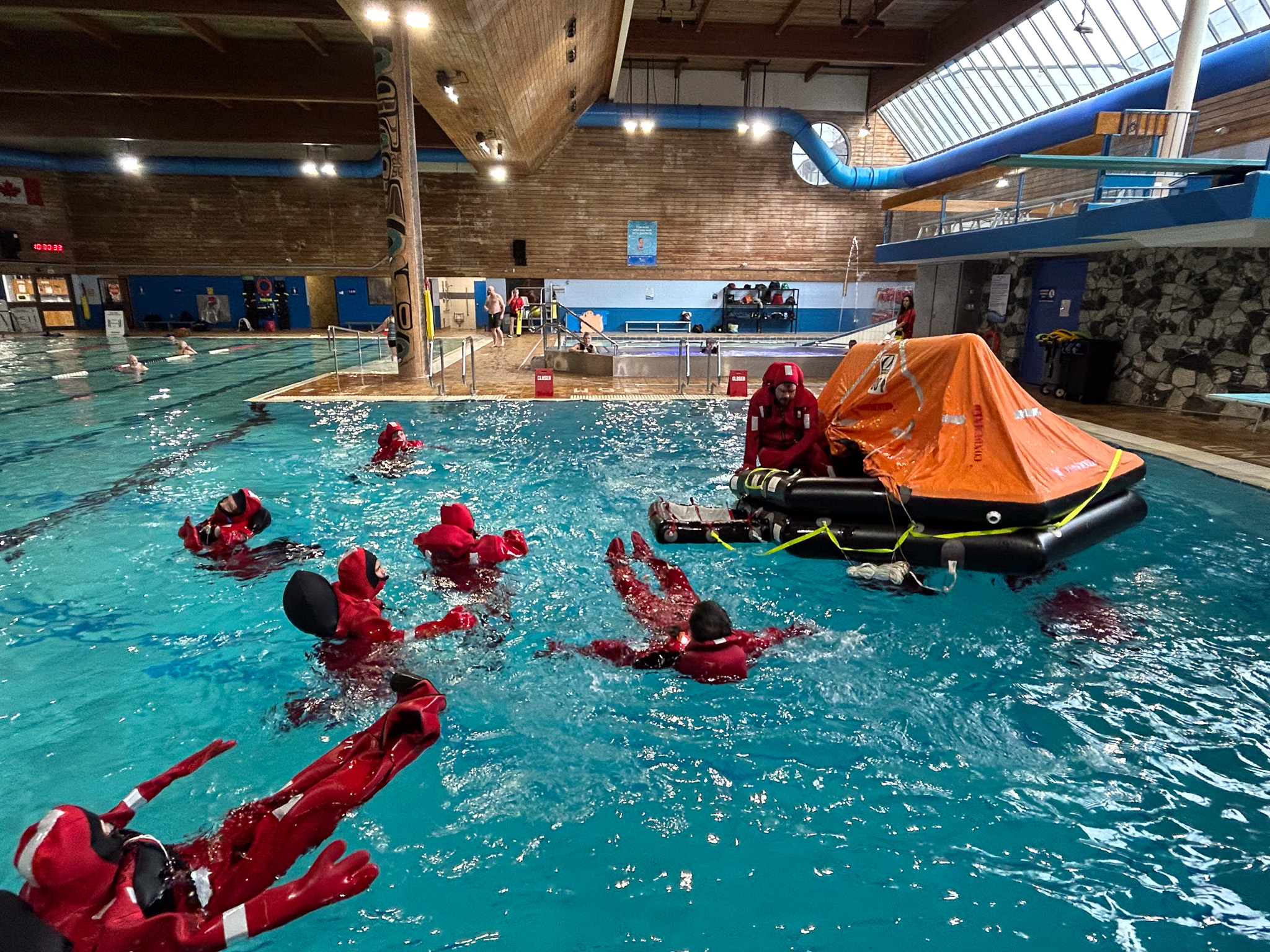
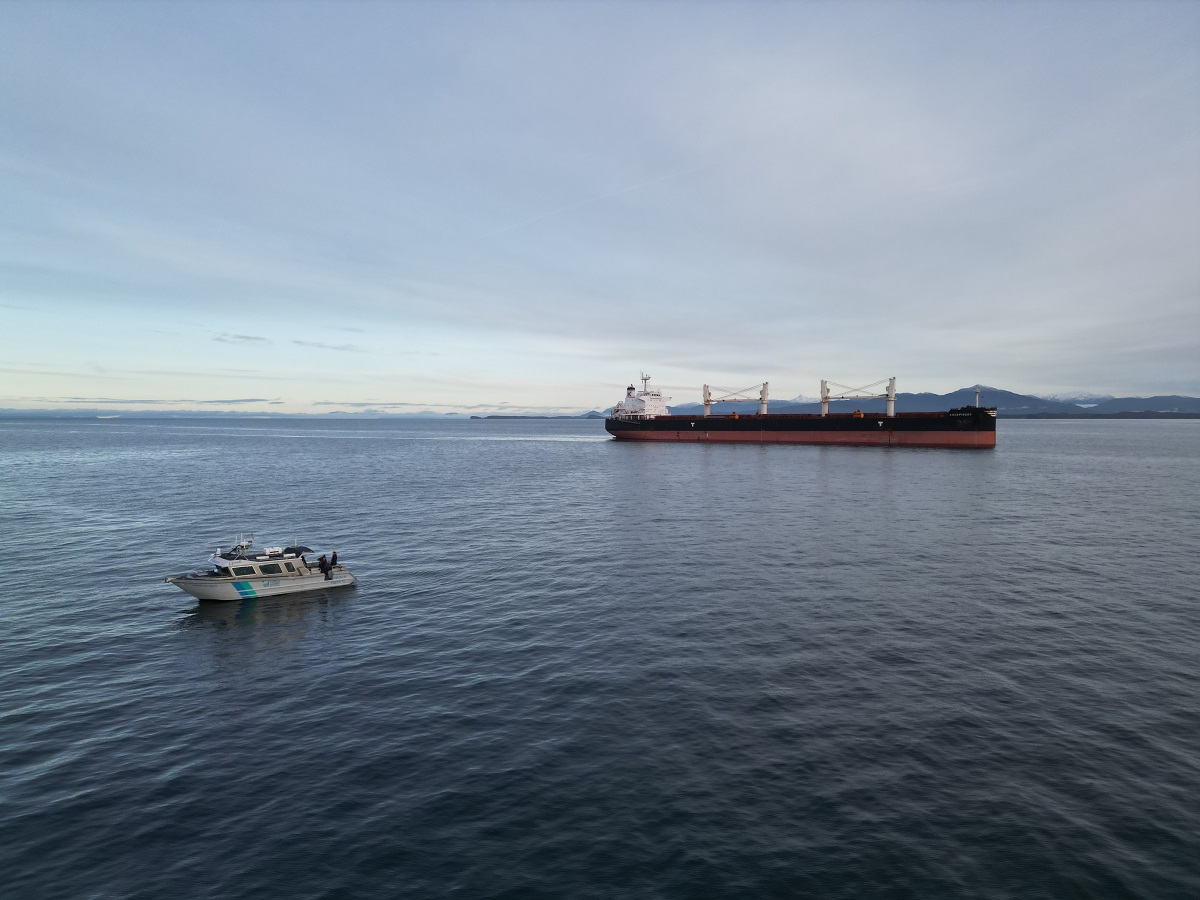
.jpg)
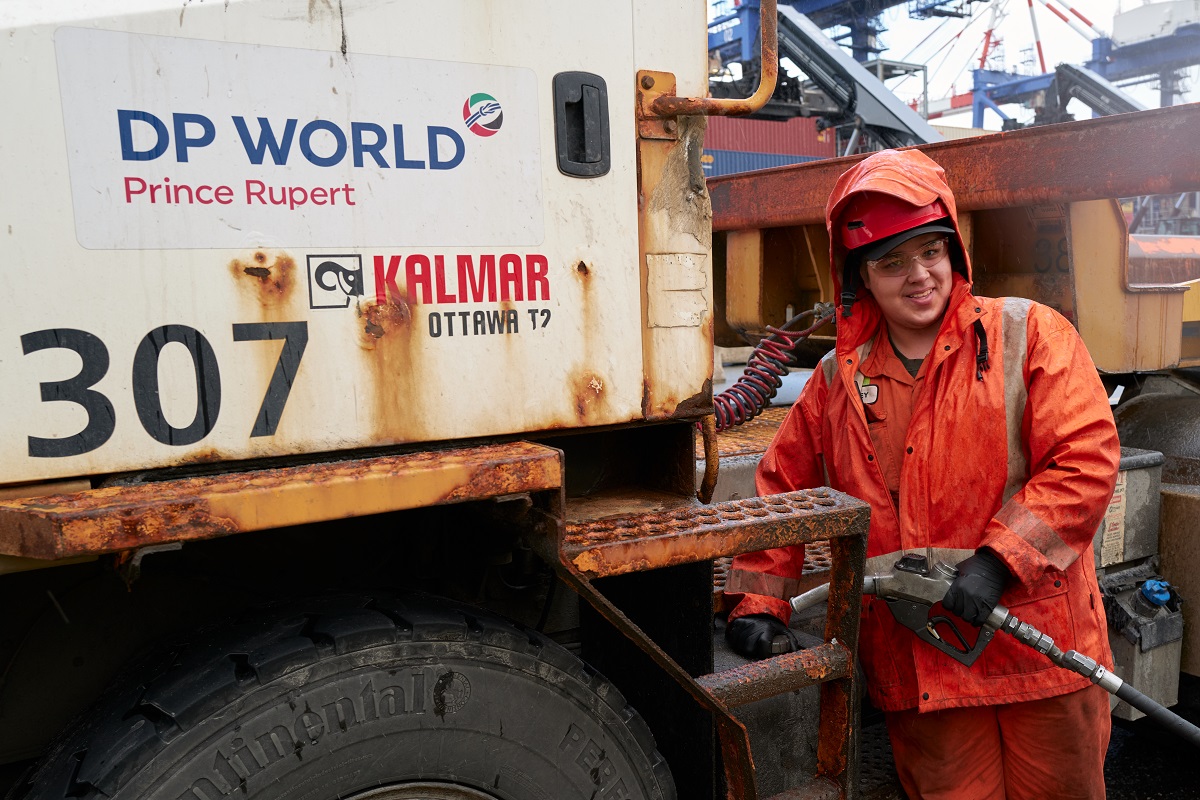
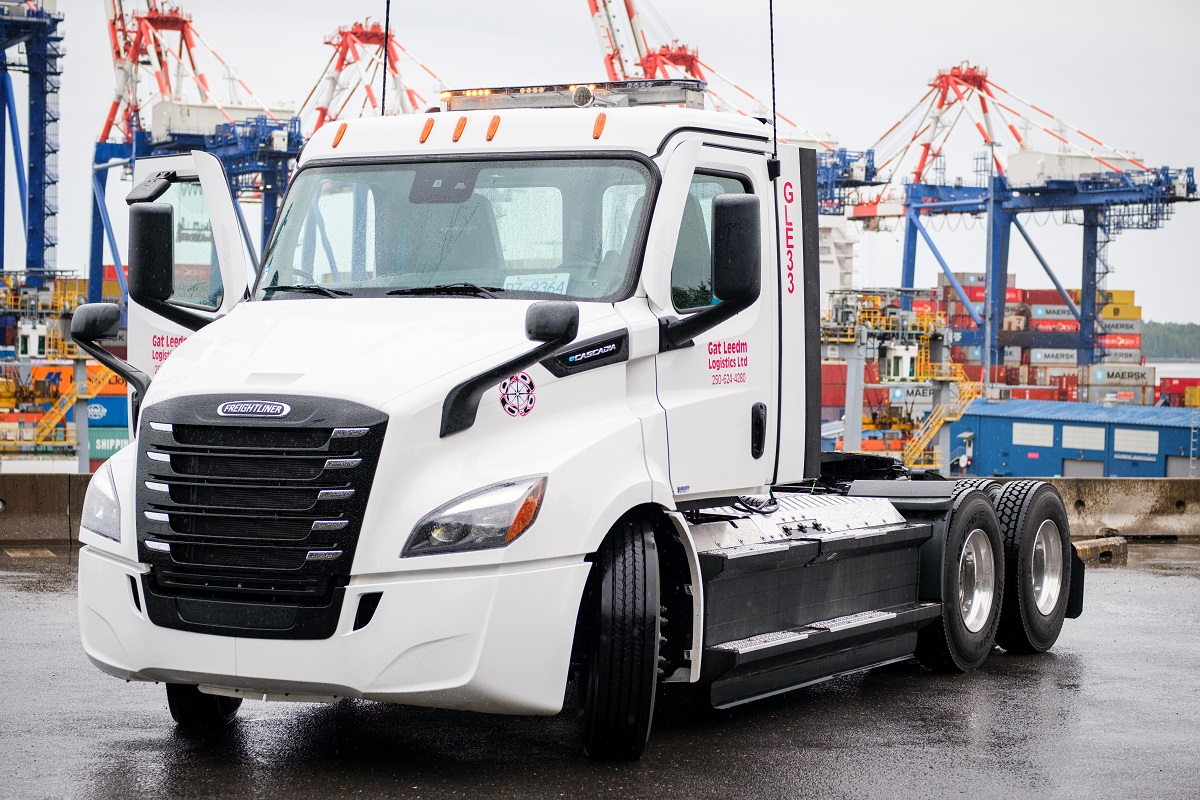
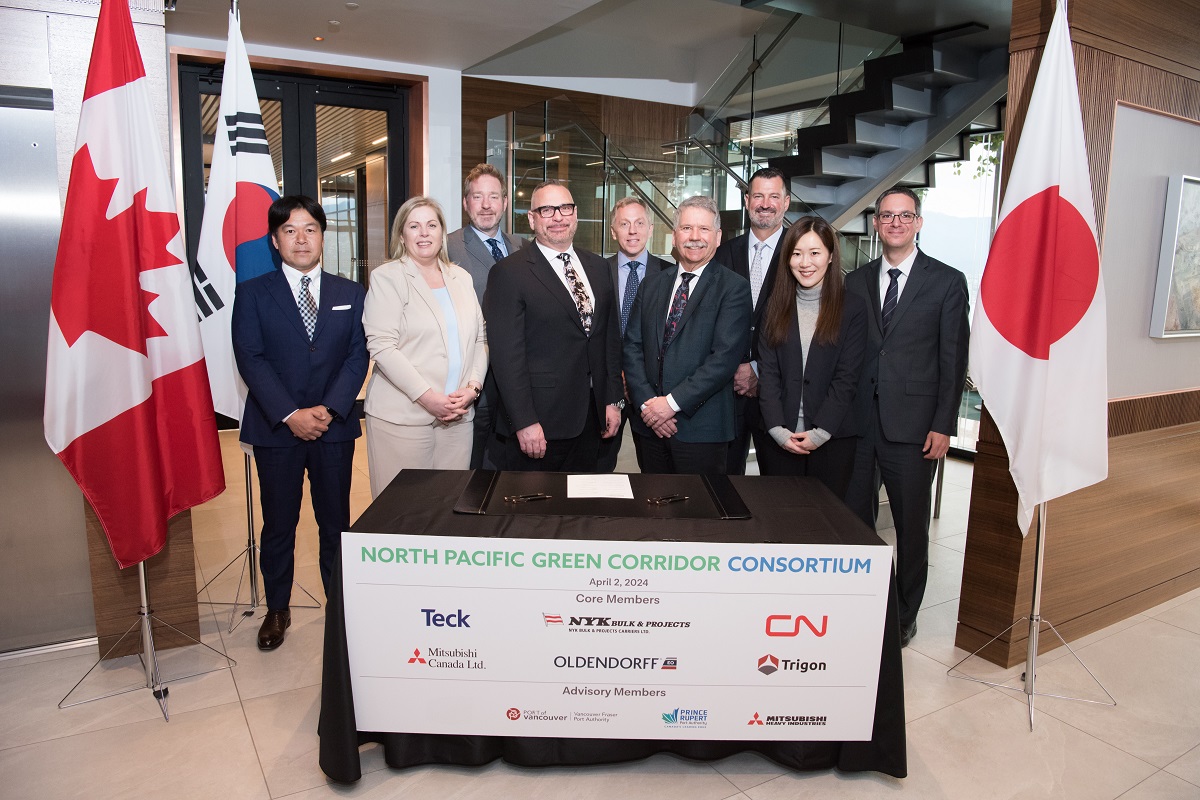
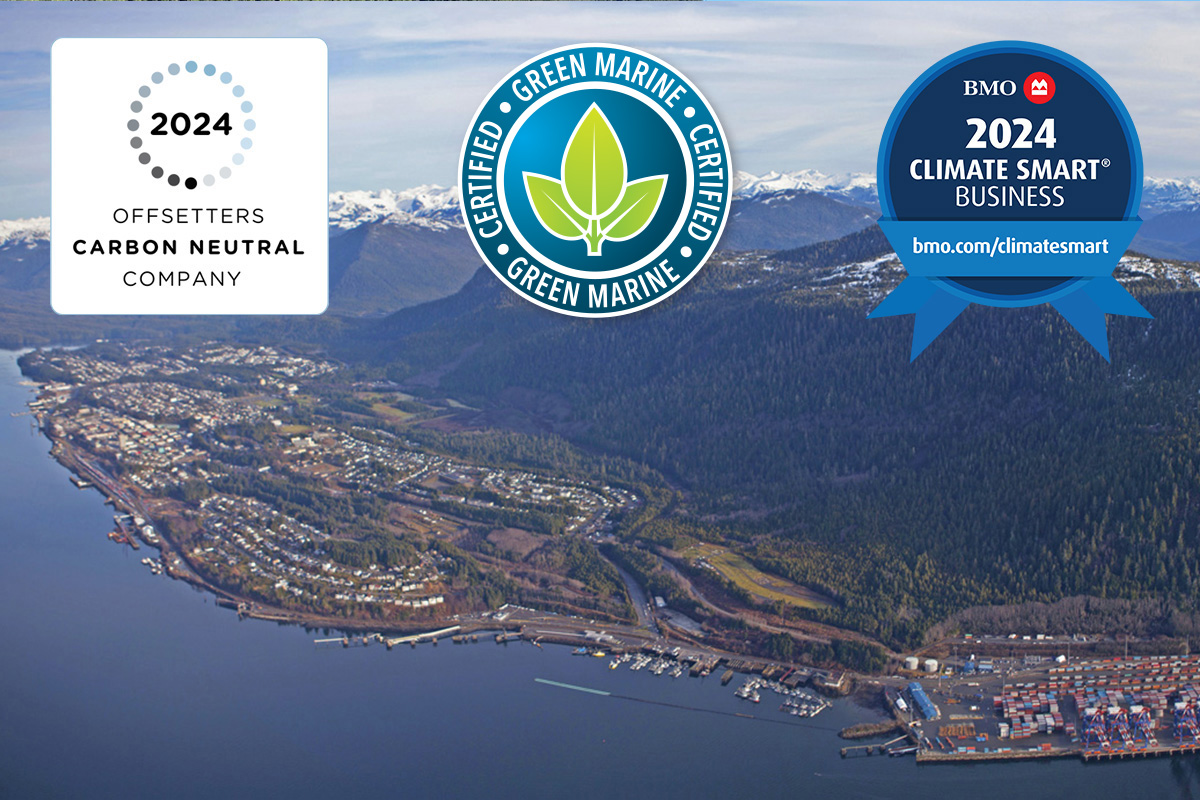
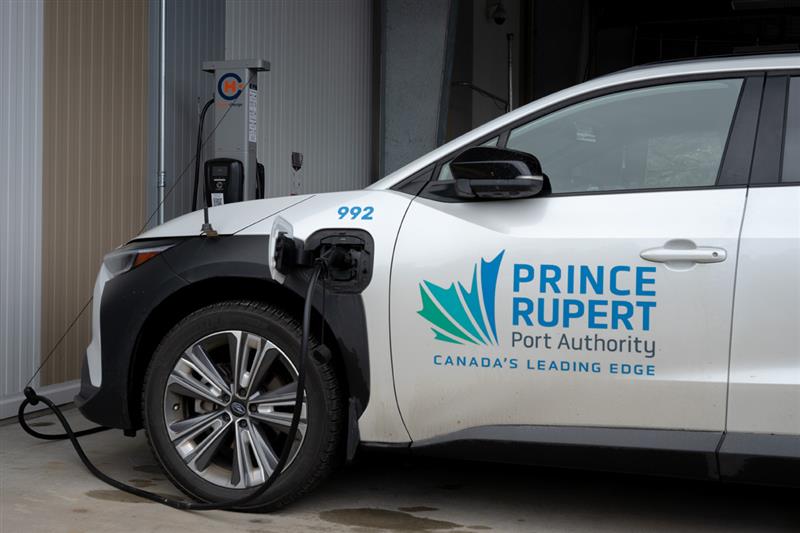
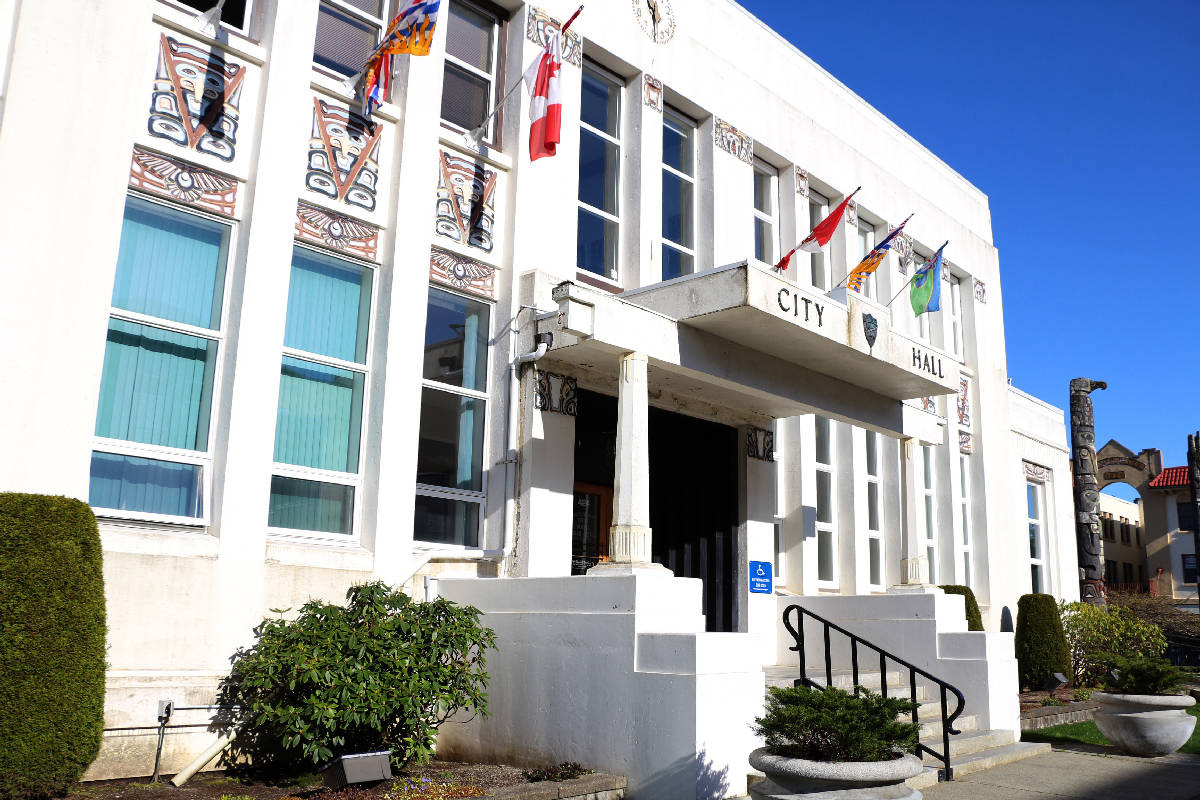
.jpg)
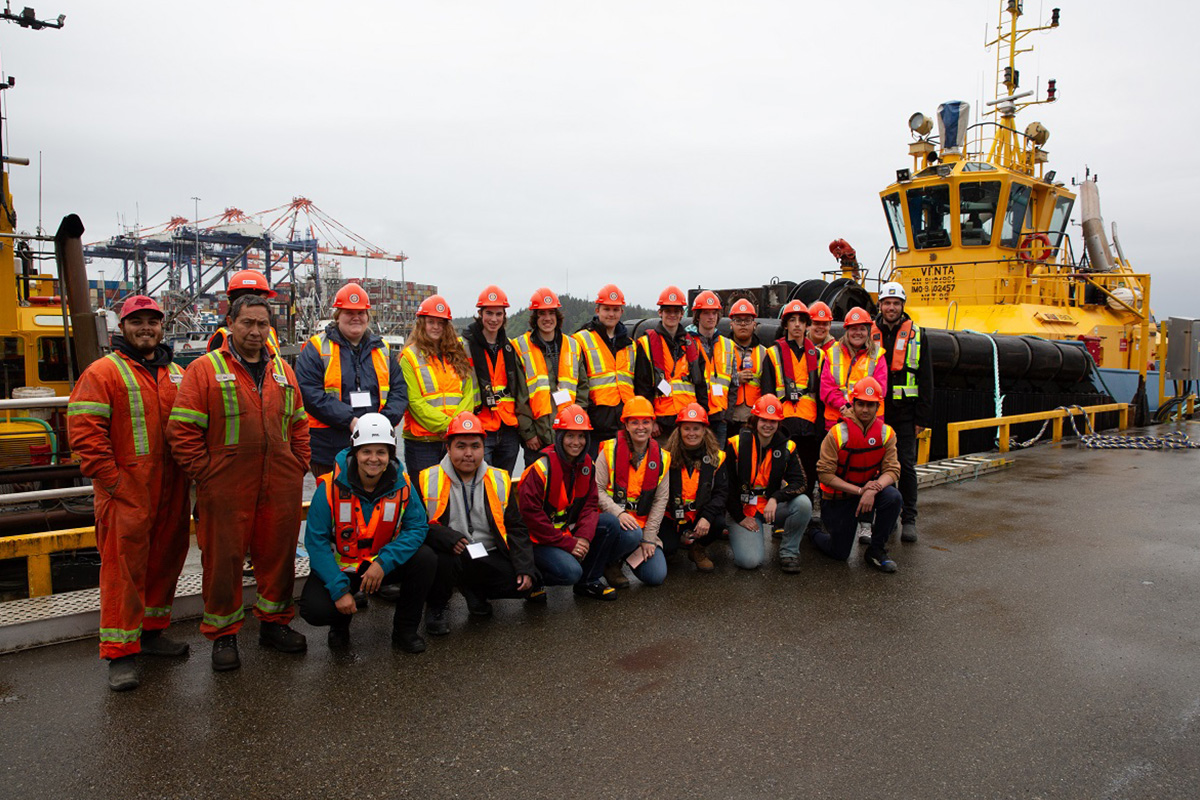
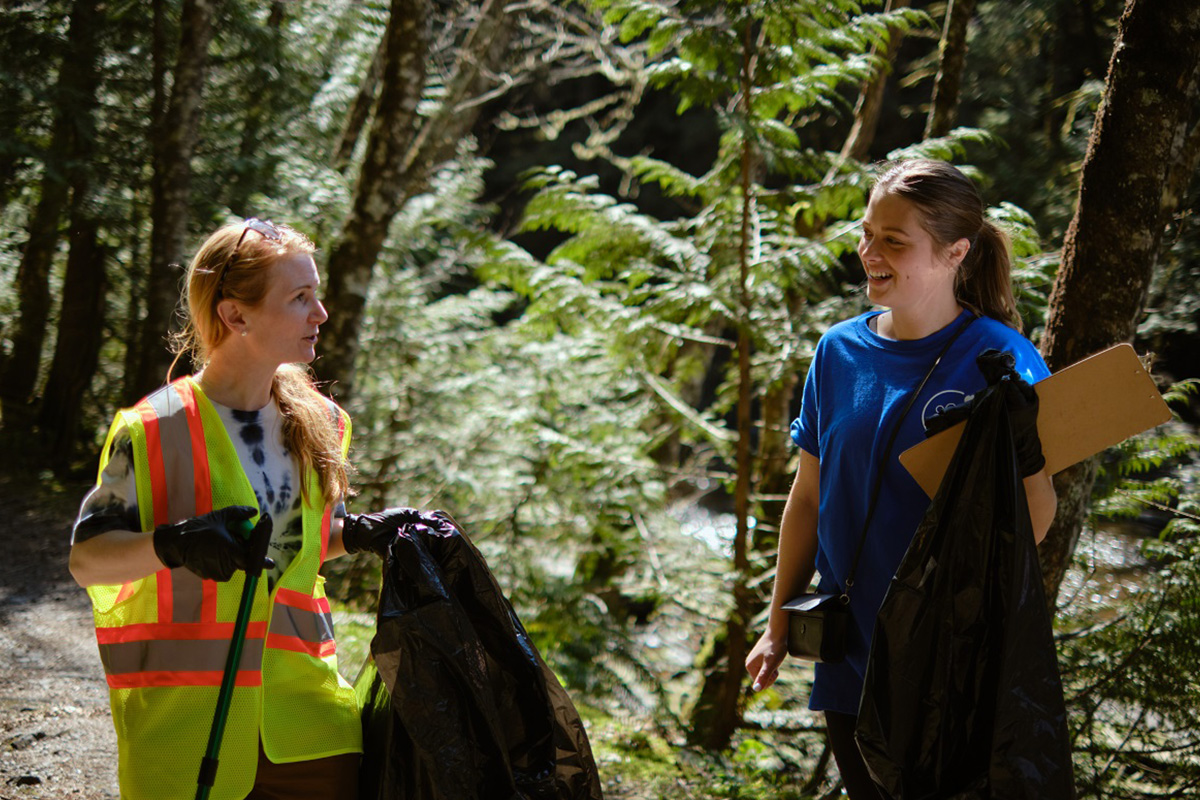

.jpg )
.jpg)

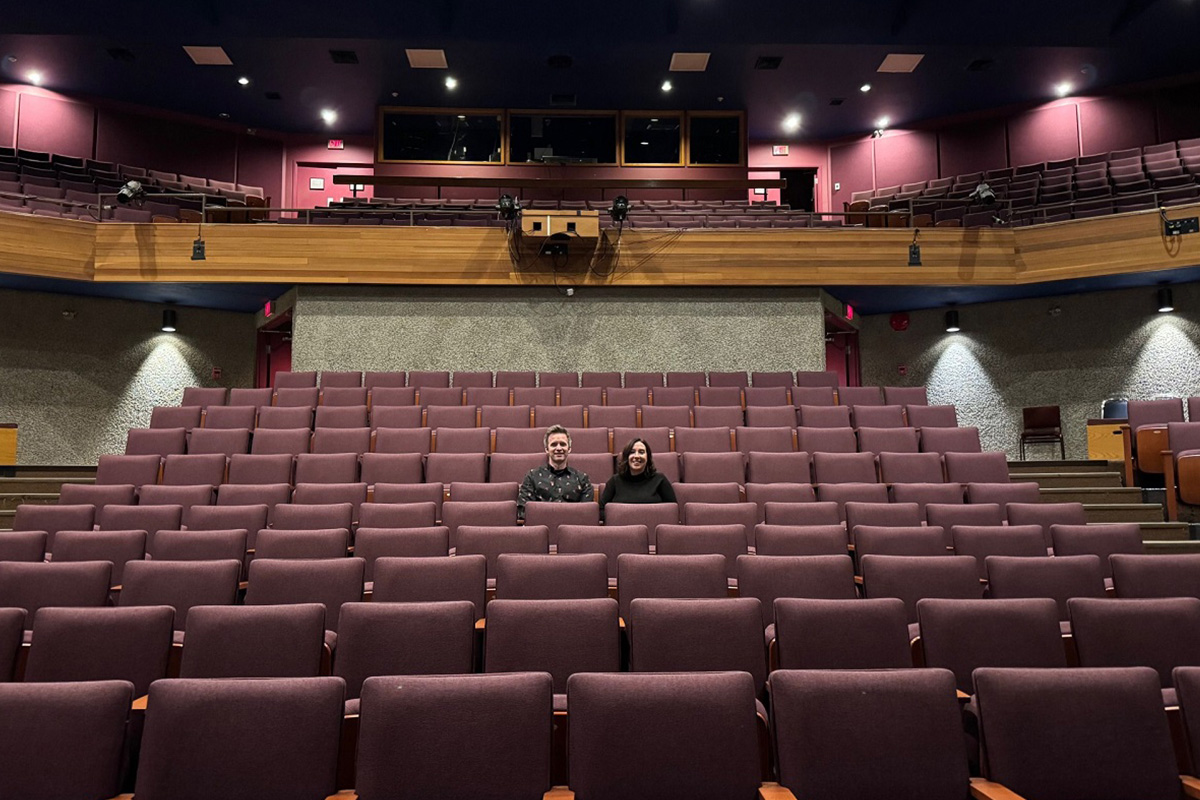
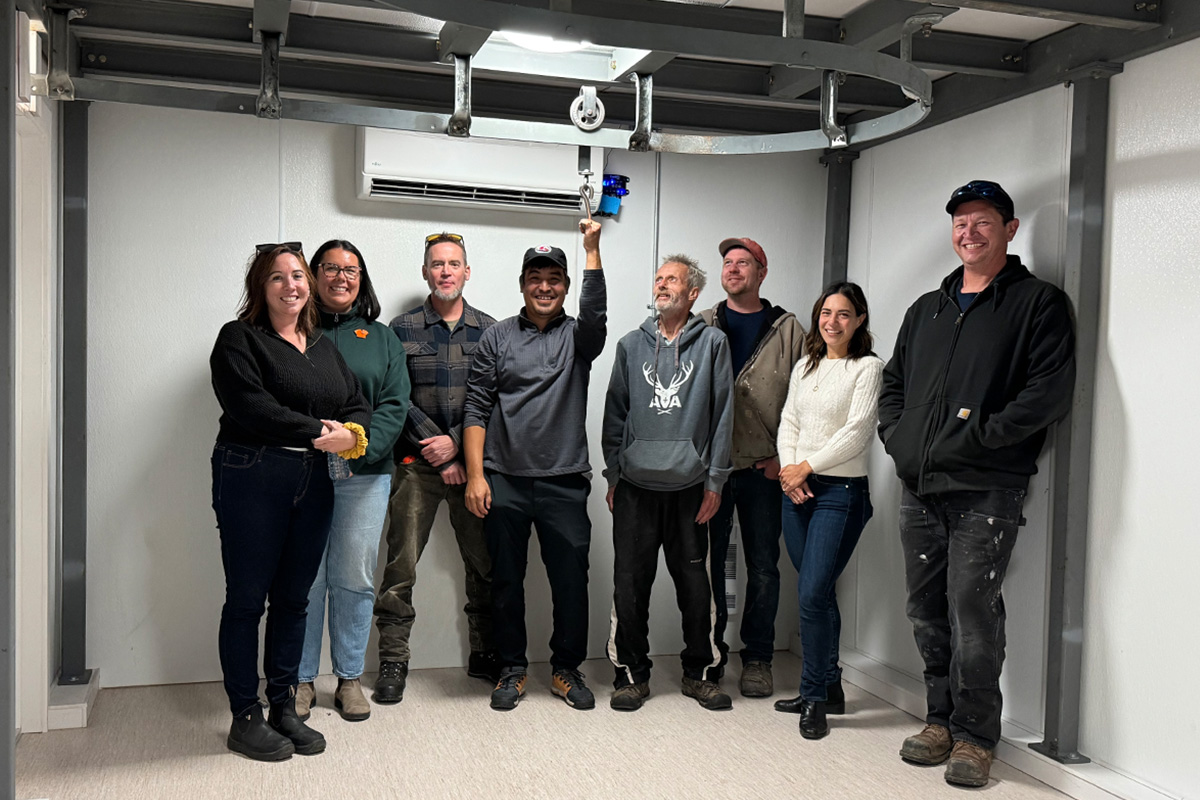
.jpg )
.jpg)

